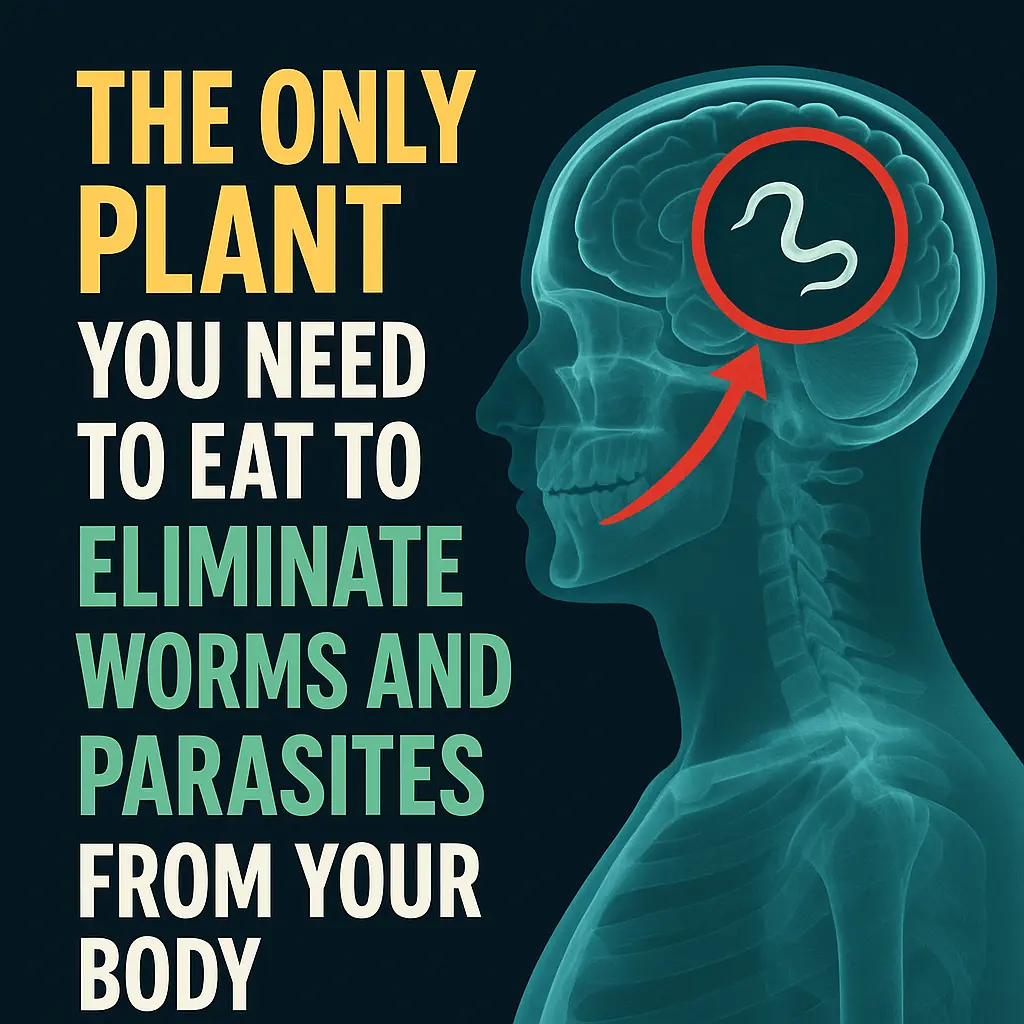
8 Early Warning Signs of Nutrient Deficiency That Show Clearly on Your Body
A balanced and nutritious diet offers many benefits. On the other hand, a diet lacking in nutrients can cause a number of unpleasant symptoms. These symptoms are your body’s way of signaling potential vitamin and mineral deficiencies. Recognizing them can help you adjust your diet accordingly.
1. Brittle Hair and Nails
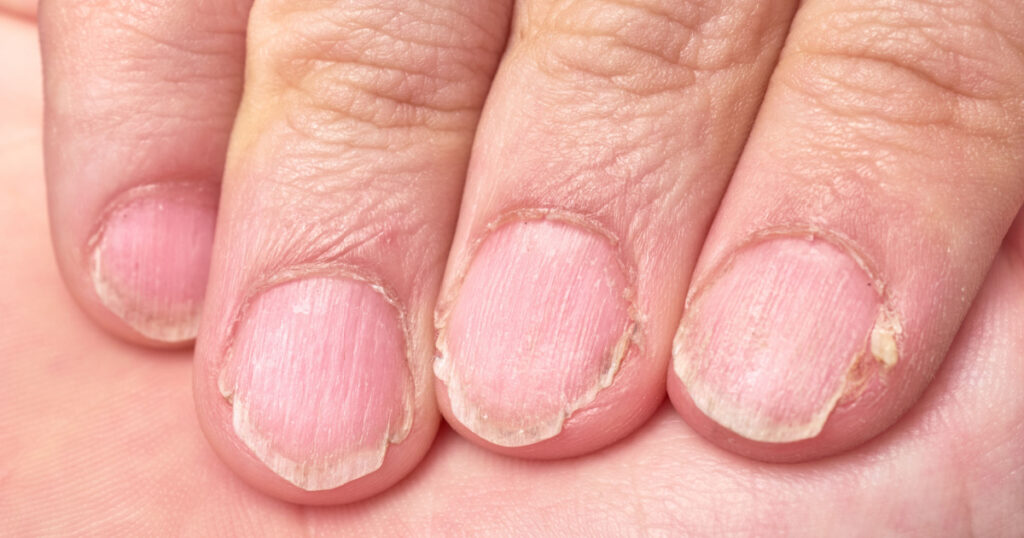
Several factors can cause brittle hair and nails, one of which is biotin deficiency. Biotin, also known as vitamin B7, helps your body convert food into energy. Although biotin deficiency is rare, when it occurs, brittle, thin, or split hair and nails are among the most noticeable symptoms. Other signs may include chronic fatigue, muscle pain, cramps, and tingling in the hands and feet.
Pregnant women, smokers, heavy drinkers, and people with digestive disorders such as leaky gut syndrome and Crohn’s disease are at the highest risk. Long-term antibiotic use and some anti-seizure medications are also risk factors. Eating raw egg whites can also cause biotin deficiency because they contain avidin, a protein that binds to biotin and prevents its absorption.
Foods rich in biotin include egg yolks, organ meats, fish, meat, dairy, nuts, seeds, spinach, broccoli, cauliflower, sweet potatoes, yeast, whole grains, and bananas. Adults with brittle hair or nails may consider supplements providing about 30 micrograms of biotin per day. However, since benefits have mostly been observed in small studies and case reports, a biotin-rich diet may be the better option.
Summary: Biotin is a B vitamin important for strengthening hair and nails. Deficiency is rare but possible in certain cases.
2. Mouth Ulcers or Cracks at the Corners of the Mouth

Lesions in and around the mouth can sometimes be linked to vitamin or mineral deficiencies. For example, mouth ulcers (canker sores) may result from low iron or B vitamins. One study found that patients with mouth ulcers were twice as likely to be iron-deficient. Another found that about 28% of patients with mouth ulcers lacked thiamine (B1), riboflavin (B2), or pyridoxine (B6).
Cracks at the corners of the mouth (angular cheilitis) can result from excessive saliva or dehydration, but may also be caused by deficiencies in iron and B vitamins, especially riboflavin.
Foods rich in iron include poultry, meat, fish, legumes, dark leafy greens, nuts, seeds, and whole grains. Good sources of thiamine, riboflavin, and pyridoxine include whole grains, poultry, meat, fish, eggs, dairy, organ meats, legumes, green vegetables, starchy vegetables, nuts, and seeds.
Summary: People with mouth ulcers or cracked mouth corners may benefit from eating more iron and B vitamin–rich foods.
3. Bleeding Gums
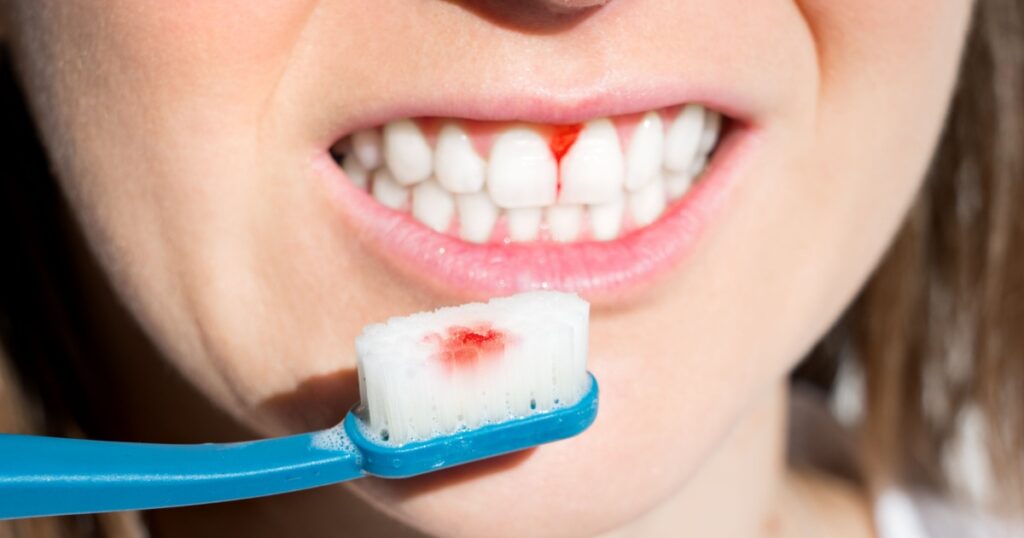
Sometimes aggressive brushing causes bleeding gums, but vitamin C deficiency may also be to blame. Vitamin C plays an important role in wound healing, boosting immunity, and protecting against cellular damage. Since the body does not produce vitamin C, it must come from food. Deficiency is rare in those who eat enough fresh fruits and vegetables, but surveys suggest that 13–30% of people have low levels, and 5–17% are deficient.
Low vitamin C intake over time can cause bleeding gums and even tooth loss. Severe deficiency leads to scurvy, which weakens immunity, muscles, and bones, causing fatigue and lethargy. Other symptoms include easy bruising, slow wound healing, dry or scaly skin, and frequent nosebleeds.
Ensure adequate vitamin C by eating at least two servings of fruit and three to four servings of vegetables per day.
Summary: People who eat few fresh fruits and vegetables may develop vitamin C deficiency, which can lead to bleeding gums, weak immunity, and—in severe cases—scurvy.
4. Poor Night Vision and White Growths on the Eyes

A nutrient-poor diet can cause vision problems. Vitamin A deficiency is often linked to night blindness, as this vitamin is needed to produce rhodopsin, a pigment in the retina that helps you see in low light. If untreated, this may progress to xerophthalmia (dry eyes), damaging the cornea and possibly causing blindness. Early signs include Bitot’s spots—white, foamy, raised patches on the eye’s surface.
These growths can only be eliminated when vitamin A deficiency is corrected. Deficiency is rare in developed countries. Foods rich in vitamin A include organ meats, dairy, eggs, fish, dark leafy greens, and yellow-orange vegetables.
Caution: Vitamin A is fat-soluble, and excess intake can build up in body fat, becoming toxic. Symptoms include nausea, headaches, skin irritation, joint pain, and in severe cases, coma or death.
Summary: Vitamin A deficiency can cause night blindness and eye spots. A diet rich in vitamin A can help, but supplementation should be avoided unless deficiency is diagnosed.
5. Flaky Skin and Dandruff
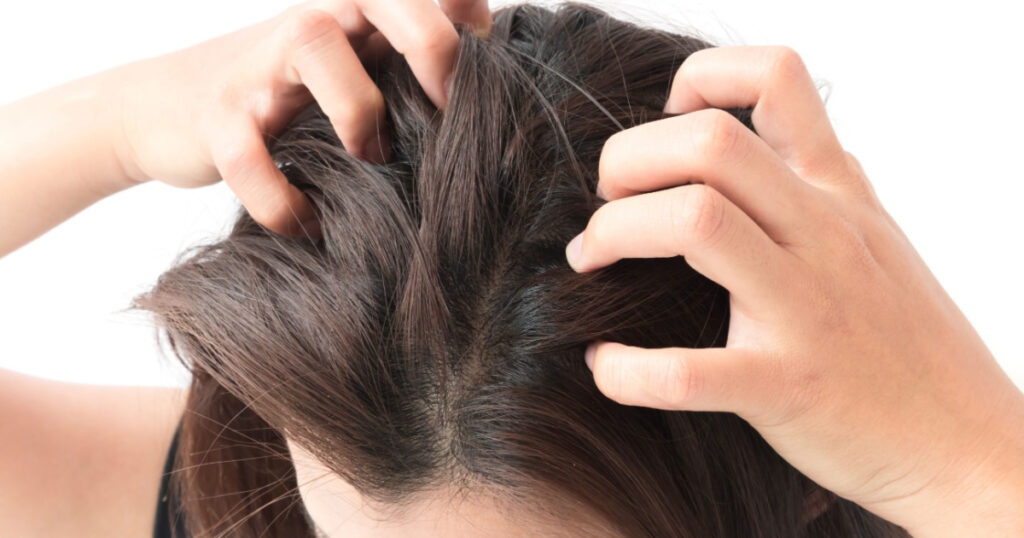
Seborrheic dermatitis (SB) and dandruff are related skin disorders affecting oily areas. Both cause itchy, flaking skin. Dandruff is limited to the scalp, while SB can affect the face, chest, armpits, and groin. These conditions are most common in infants, during puberty, and in middle adulthood. Up to 42% of infants and 50% of adults may experience them.
Nutrient deficiencies may play a role, particularly low levels of zinc, niacin (B3), riboflavin (B2), and pyridoxine (B6).
Foods rich in these nutrients include whole grains, poultry, meat, fish, eggs, dairy, organ meats, legumes, green vegetables, starchy vegetables, nuts, and seeds. Zinc is abundant in seafood, meat, legumes, dairy, nuts, and whole grains.
Summary: Persistent dandruff or flaky skin may be linked to deficiencies in zinc and certain B vitamins.
6. Hair Loss
Hair loss is very common, with up to 50% of men and women experiencing it by age 50. Nutrients important for hair growth include:
-
Iron: Needed for DNA production in hair follicles. Deficiency may stop hair growth.
-
Zinc: Important for protein synthesis and cell division, both essential for hair growth.
-
Linoleic acid (LA) and alpha-linolenic acid (ALA): Essential fatty acids necessary for healthy hair.
-
Niacin (B3): Supports strong hair; deficiency can cause patchy hair loss.
-
Biotin (B7): Another B vitamin; deficiency can cause hair loss.
Foods such as meat, fish, eggs, legumes, leafy greens, nuts, seeds, and whole grains provide these nutrients. Supplements combining them are widely sold, but benefits are best observed in people who are actually deficient. Over-supplementation (e.g., with selenium or vitamin A) may worsen hair loss.
Summary: Essential nutrients like iron, zinc, fatty acids, niacin, and biotin support hair growth. A nutrient-rich diet is better than supplements unless deficiency is diagnosed.
7. Red or White Bumps on the Skin

Some people develop keratosis pilaris, a condition causing goosebump-like patches on cheeks, arms, thighs, or buttocks, sometimes with ingrown hairs. It often appears in childhood and disappears with age. The cause isn’t fully understood but may involve excess keratin production in hair follicles.
Genetics may increase risk, but deficiencies in vitamin A and C have also been linked. In addition to topical treatments, eating more vitamin A– and C–rich foods (organ meats, dairy, eggs, fish, leafy greens, and yellow-orange produce) may help.
Summary: Keratosis pilaris may be linked to vitamin A and C deficiencies. Eating foods rich in these nutrients may reduce symptoms.
8. Restless Leg Syndrome (RLS)

RLS, or Willis-Ekbom disease, is a neurological condition causing uncomfortable sensations in the legs and an irresistible urge to move them. It affects about 10% of Americans, with women twice as likely to be affected. Symptoms often worsen when resting or trying to sleep.
The exact cause is unclear, but low iron levels in the blood appear linked to more severe symptoms. RLS is also common during pregnancy, when women’s iron levels drop.
Iron supplements may reduce symptoms, especially in people with diagnosed deficiency. Increasing intake of iron-rich foods (meat, poultry, fish, legumes, leafy greens, nuts, seeds, and whole grains) along with vitamin C–rich foods (to boost absorption) may help. Cooking with cast-iron pans and avoiding tea or coffee with meals may also improve absorption.
However, unnecessary supplementation can be harmful and may interfere with other nutrients. Extremely high iron levels can even be fatal, so professional guidance is essential.
Summary: RLS is often linked to iron deficiency. Increasing iron-rich foods and consulting a healthcare provider about supplements may help.
Conclusion
Vitamin and mineral deficiencies can cause a variety of symptoms—some more common than others. Often, increasing intake of nutrient-rich foods can significantly improve or even resolve these symptoms.
News in the same category

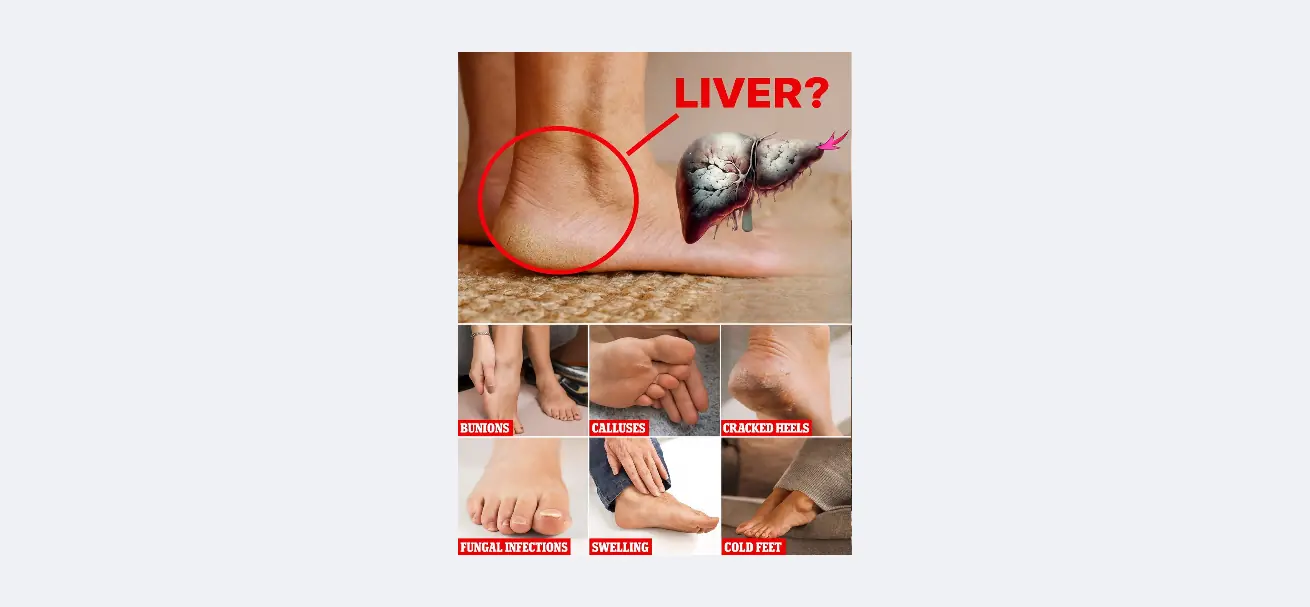
Your Feet Are Screaming for Attention: 6 Shocking Health Clues Hidden in Your Soles!
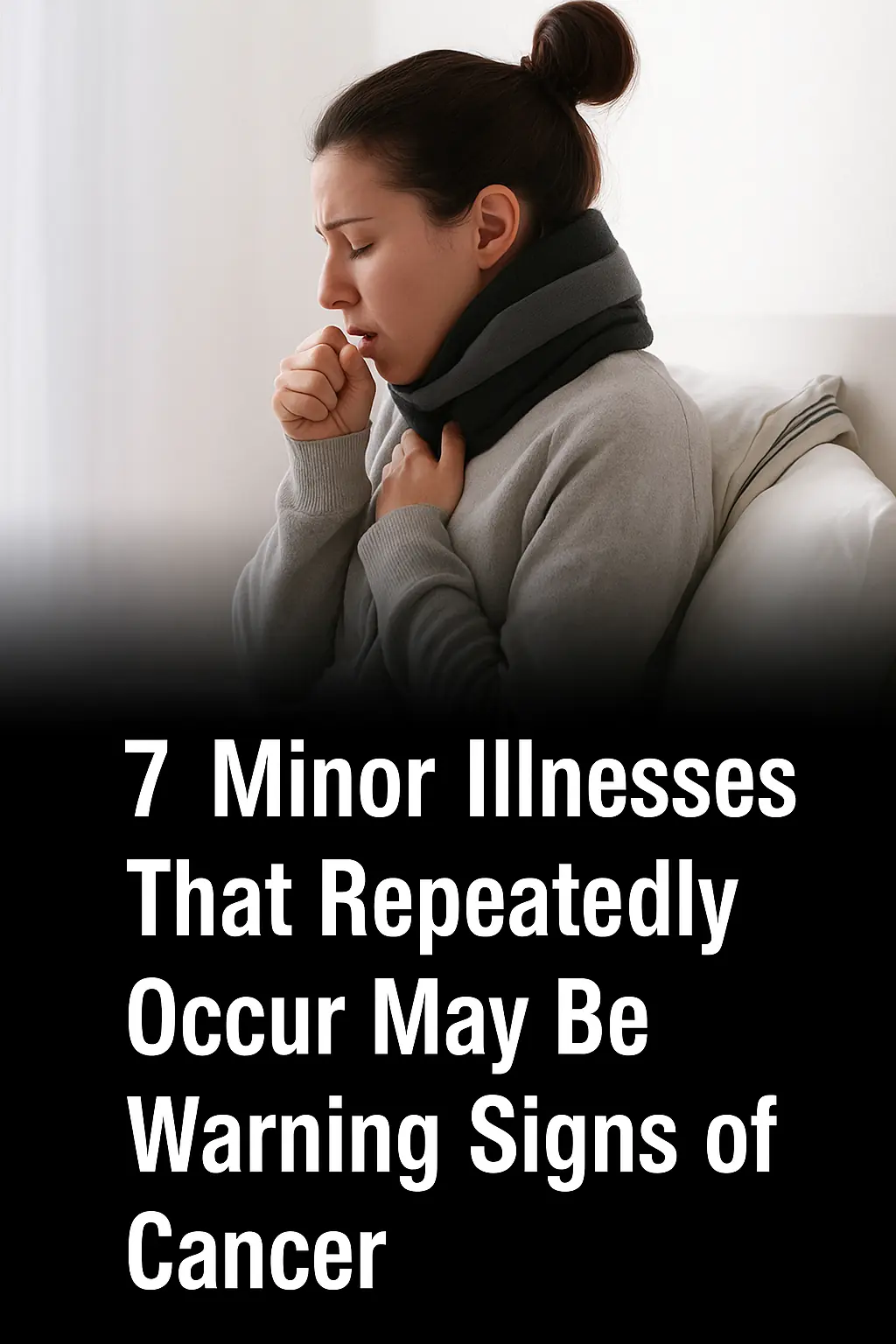
7 Minor Illnesses That Repeatedly Occur May Be Warning Signs of Cancer
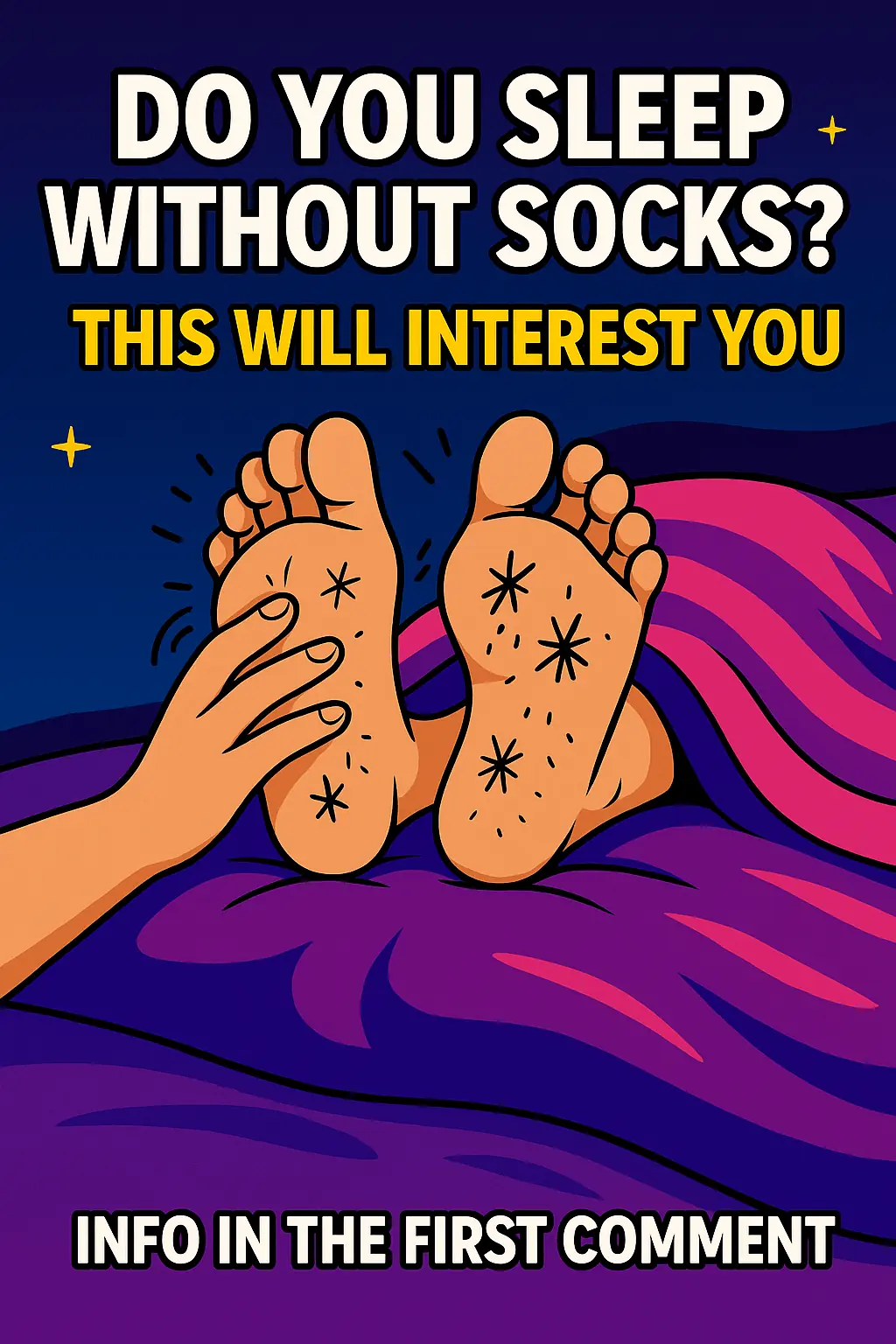
Why Do Your Feet Itch at Night? Simple Causes and Effective Solutions
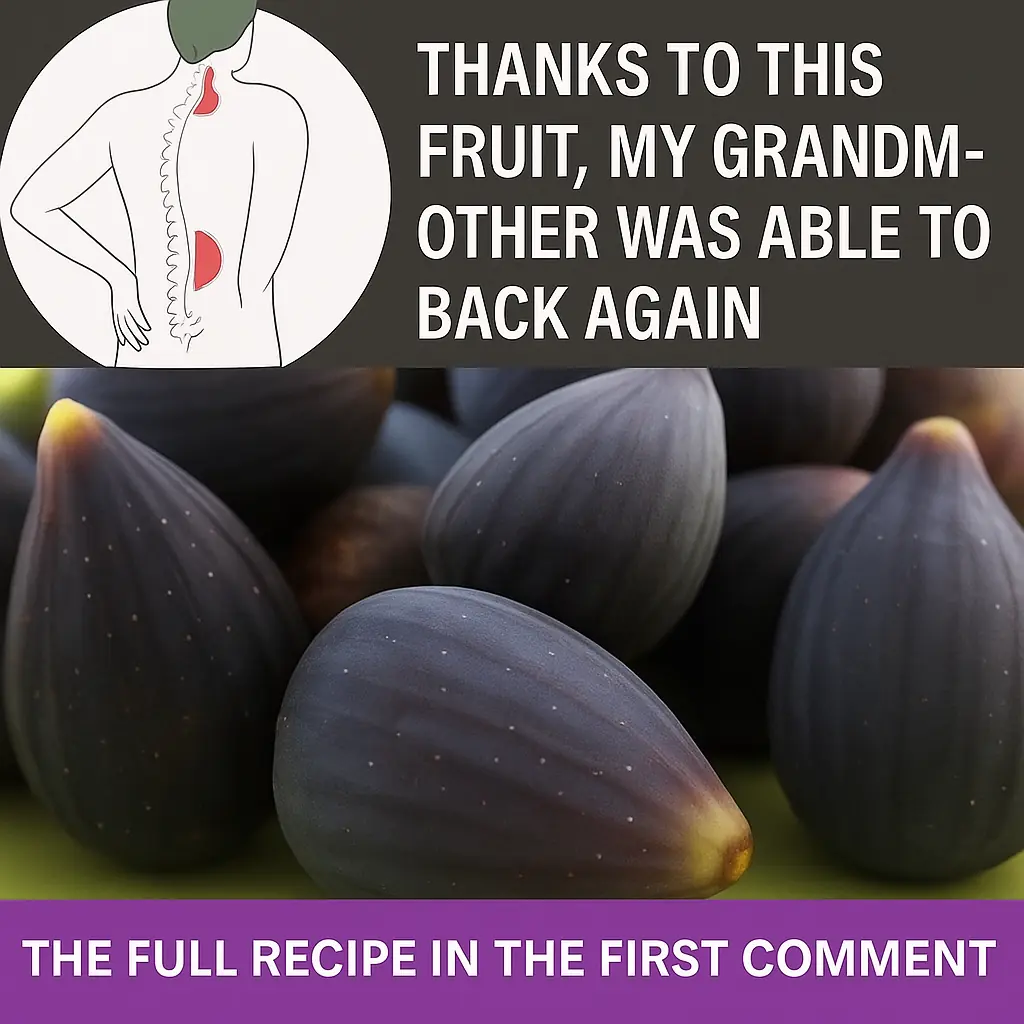
Natural Remedy to Relieve Back Pain with Figs
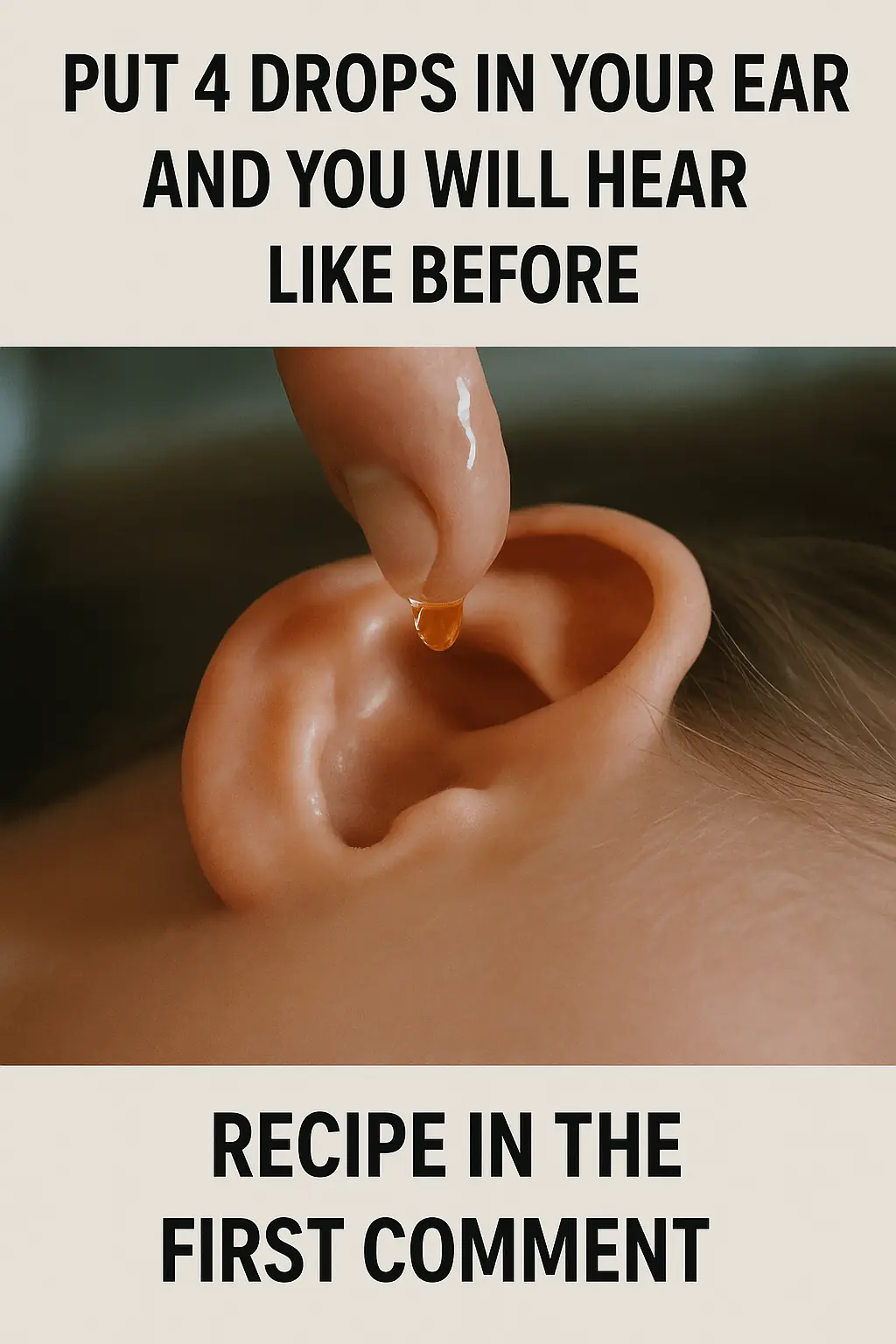
Hearing Loss? Discover a Natural Remedy That Could Help Improve Your Hearing
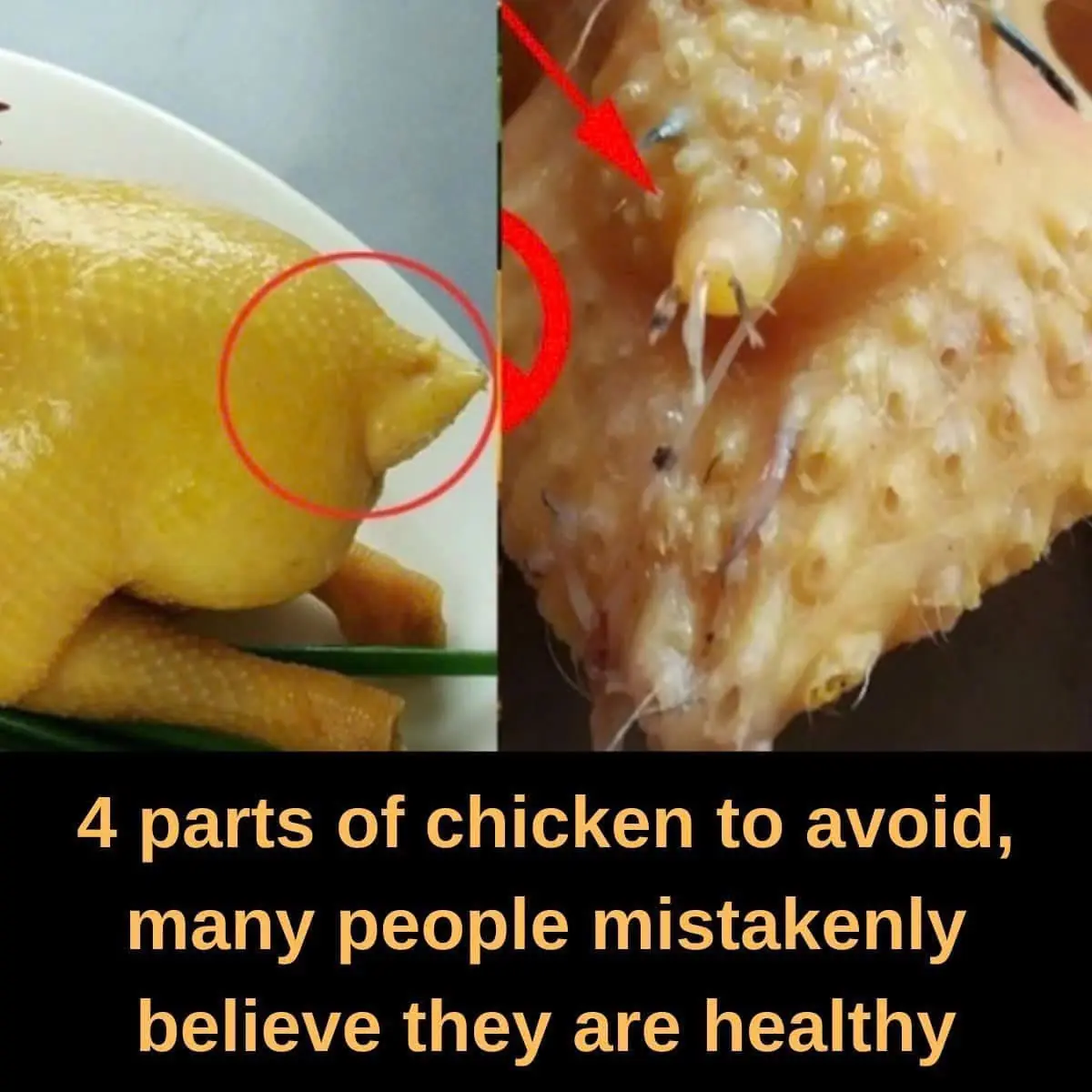
4 Parts of Chicken You Should Avoid — And Why They May Not Be as Healthy as You Think

The Magic of Black Cats and Their Impact on Our Health
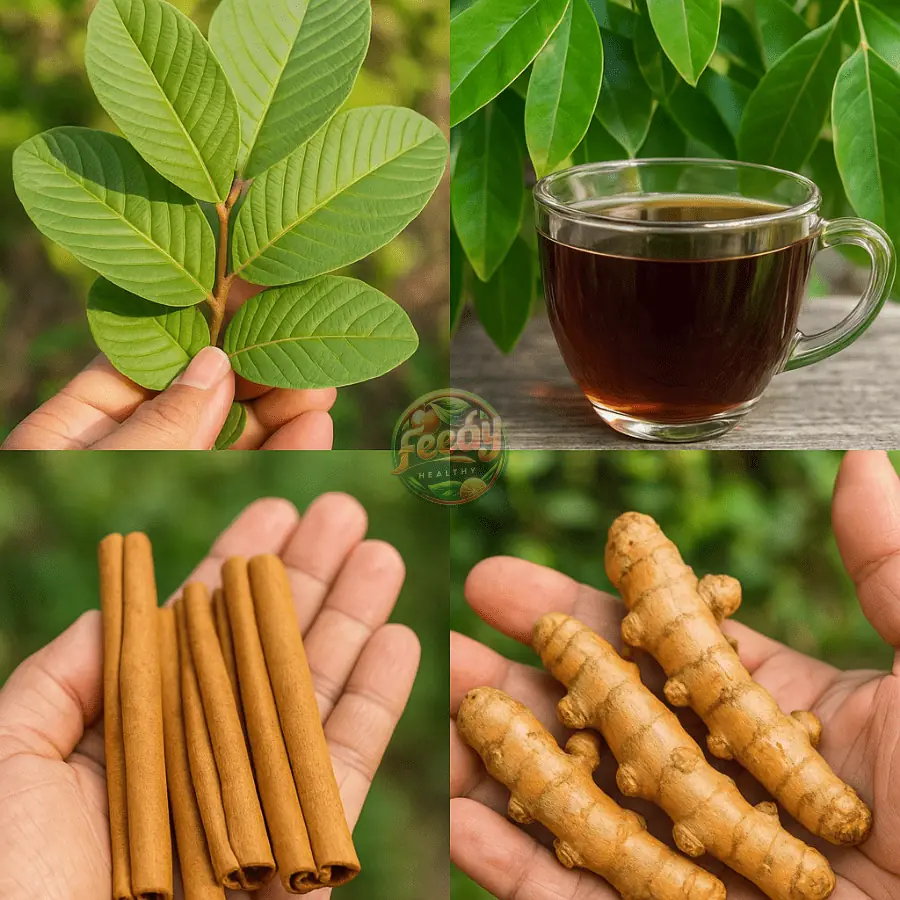
Say Goodbye to Diabetes, High Blood Pressure, Fatty Liver, Cancer, and Heart Attacks
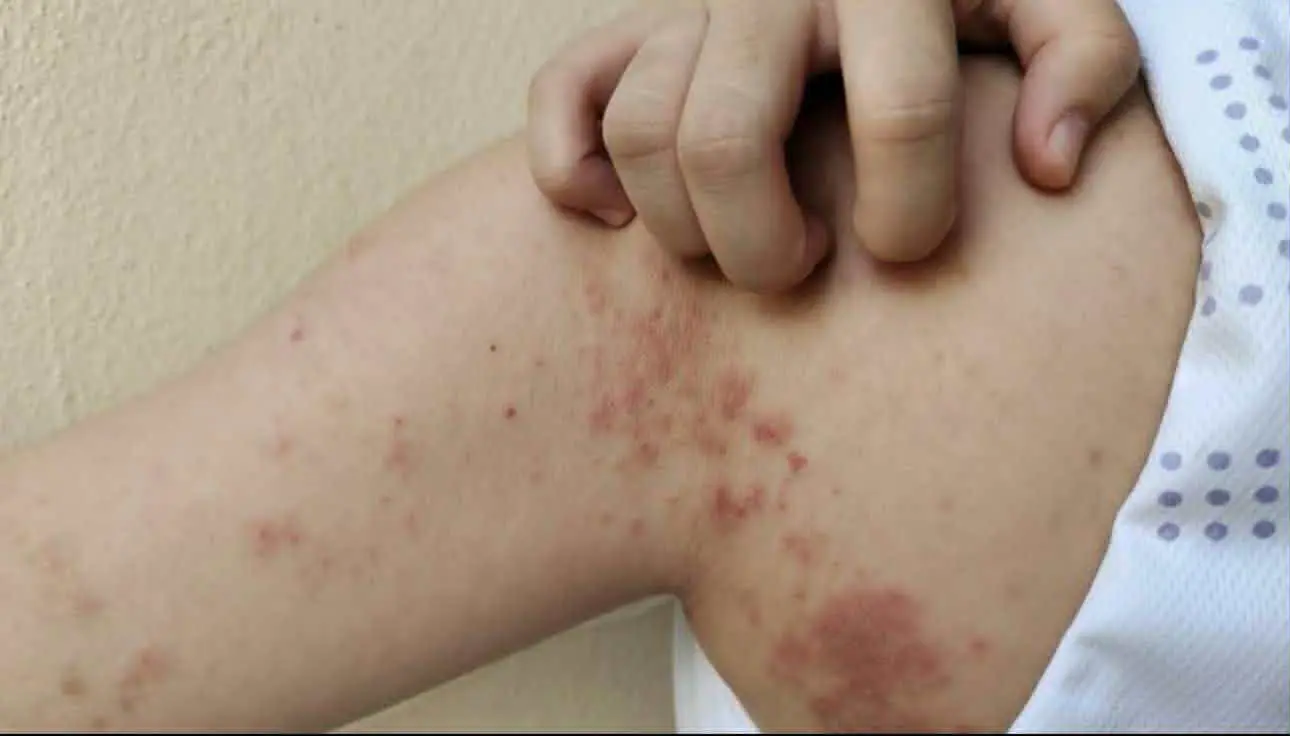
7 Warning Signs Your Body May Have Parasites
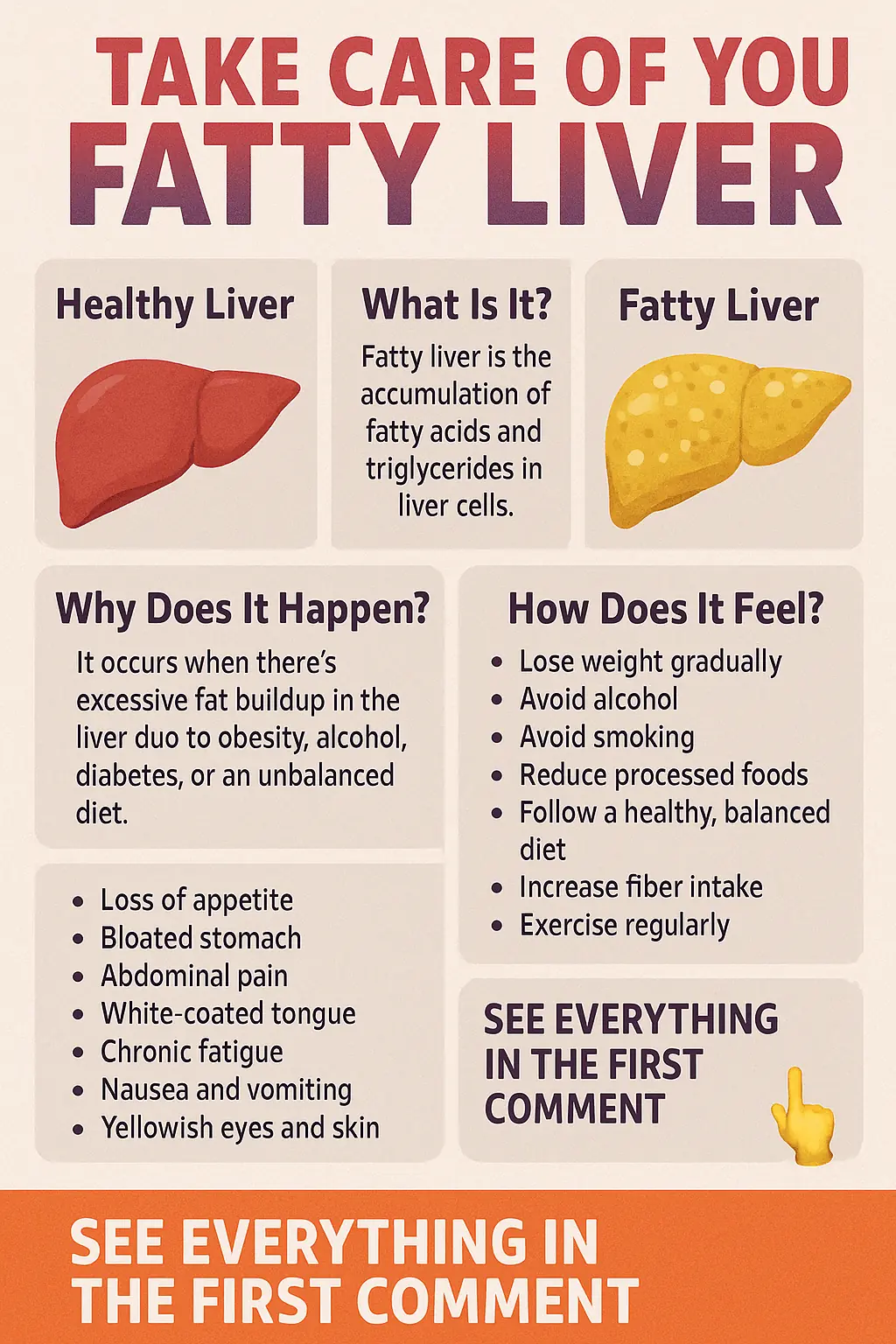
Fatty Liver: Recognize the Symptoms and Reverse It in Time
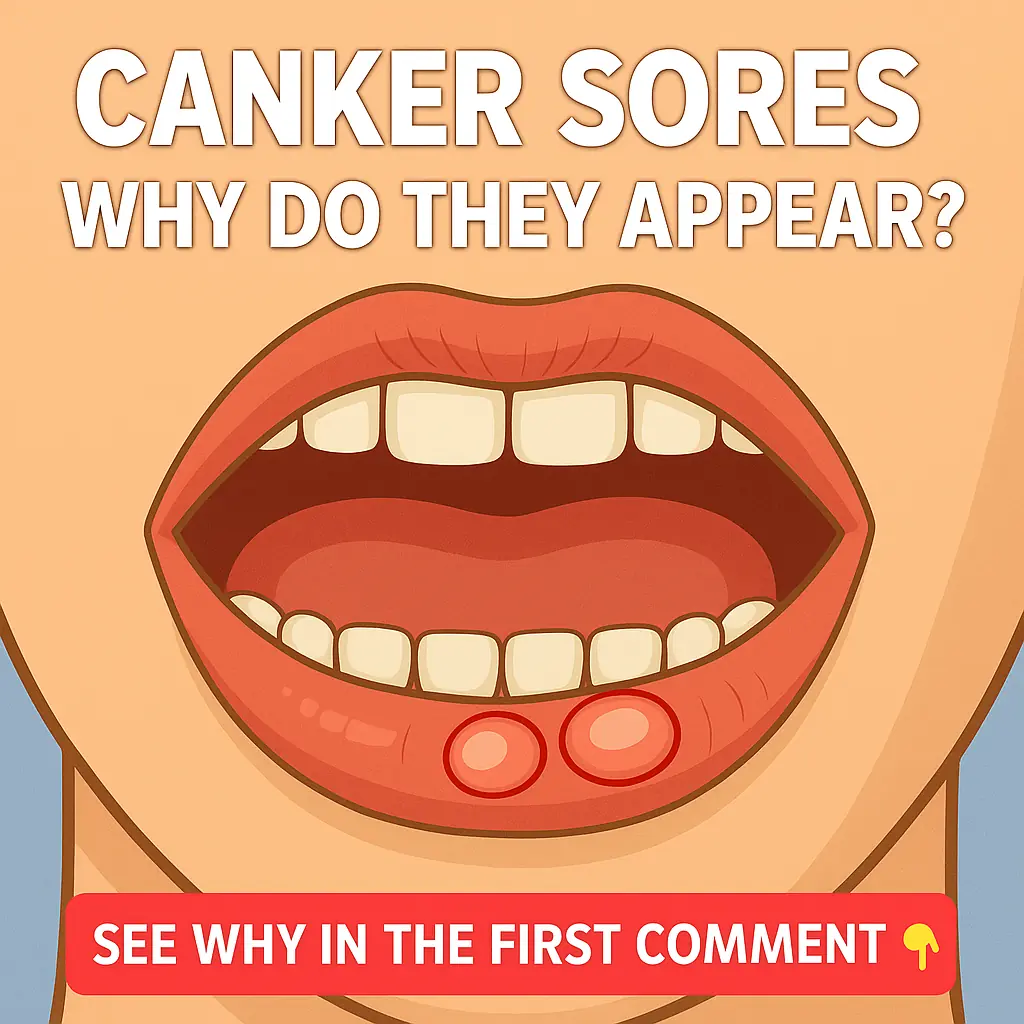
Why Do Canker Sores Appear? Painful Signs You Shouldn’t Ignore
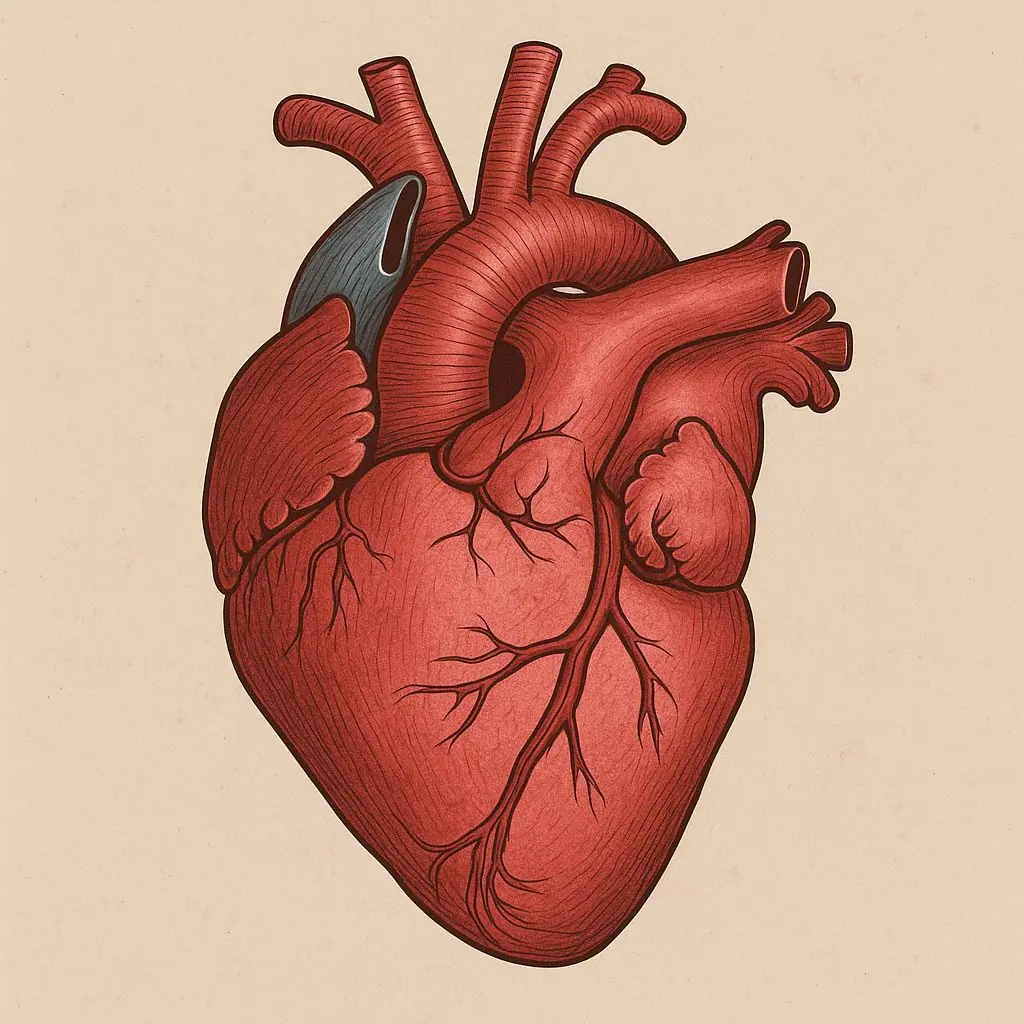
🫀💔 How to Maintain a Healthy Cholesterol Level for a Strong Heart
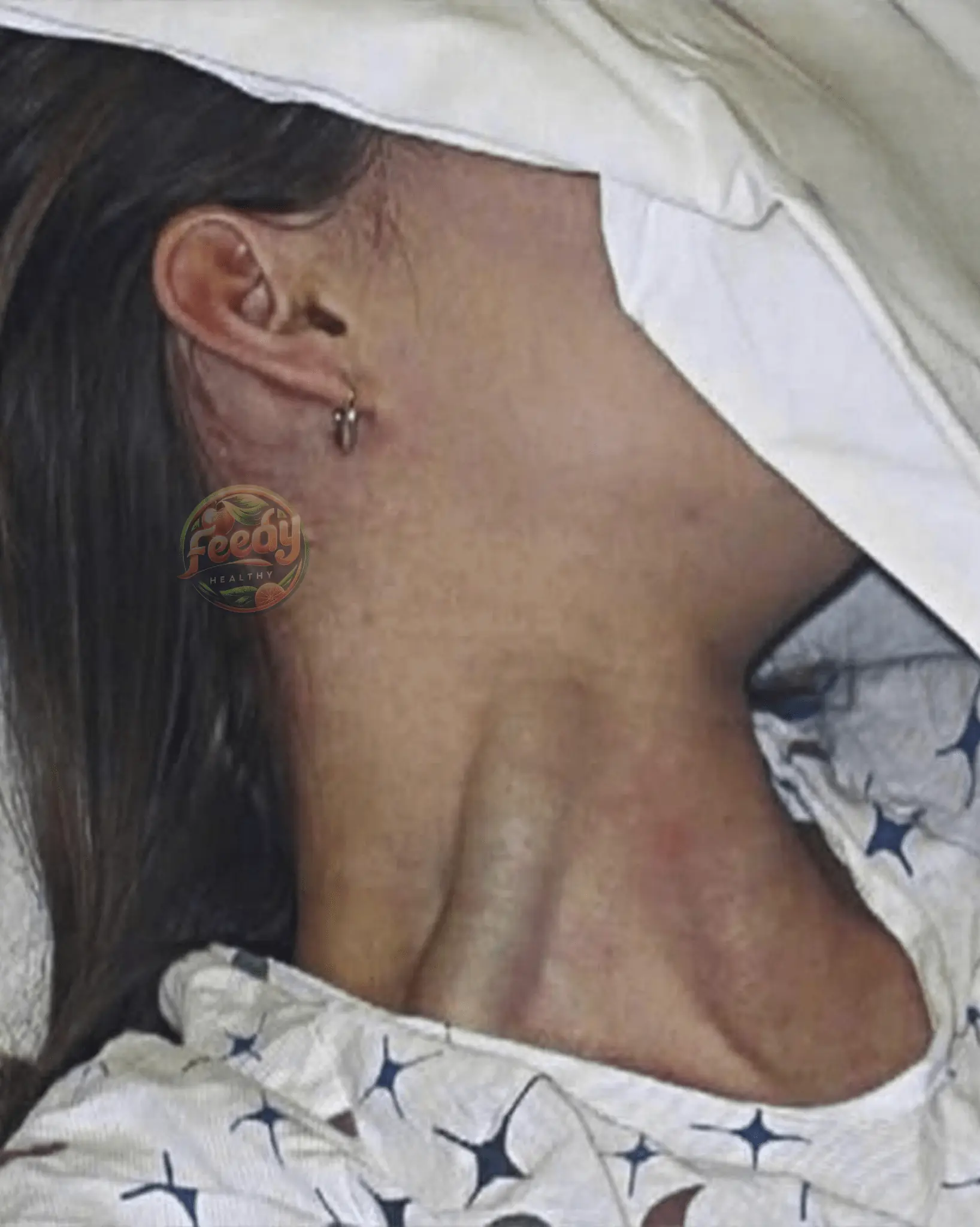
Massive Jugular Distension: A Warning Sign You Shouldn’t Ignore

The Last Part of the Pig, but with Top Benefits
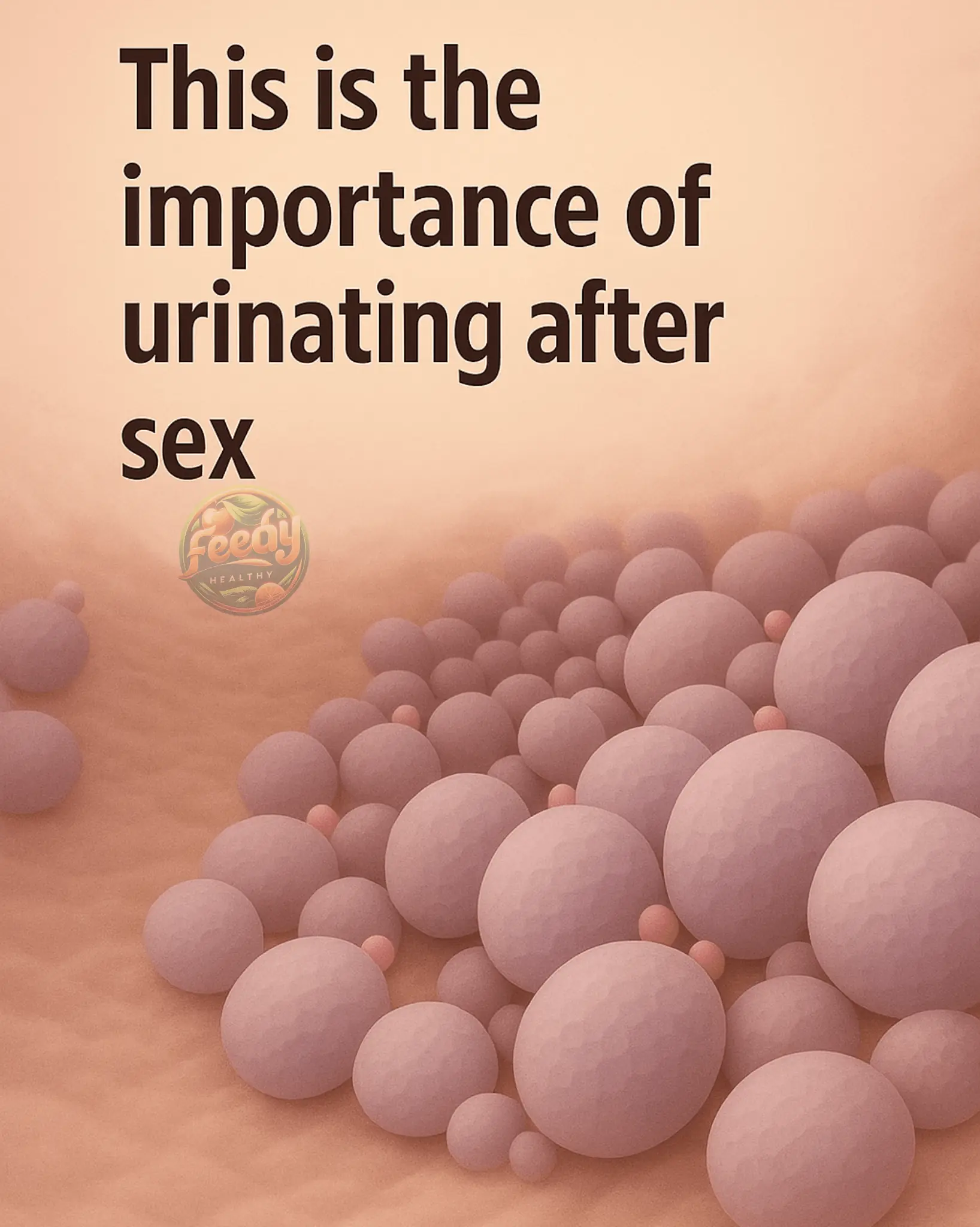
The Importance of Urinating After Sex: Preventing Infections
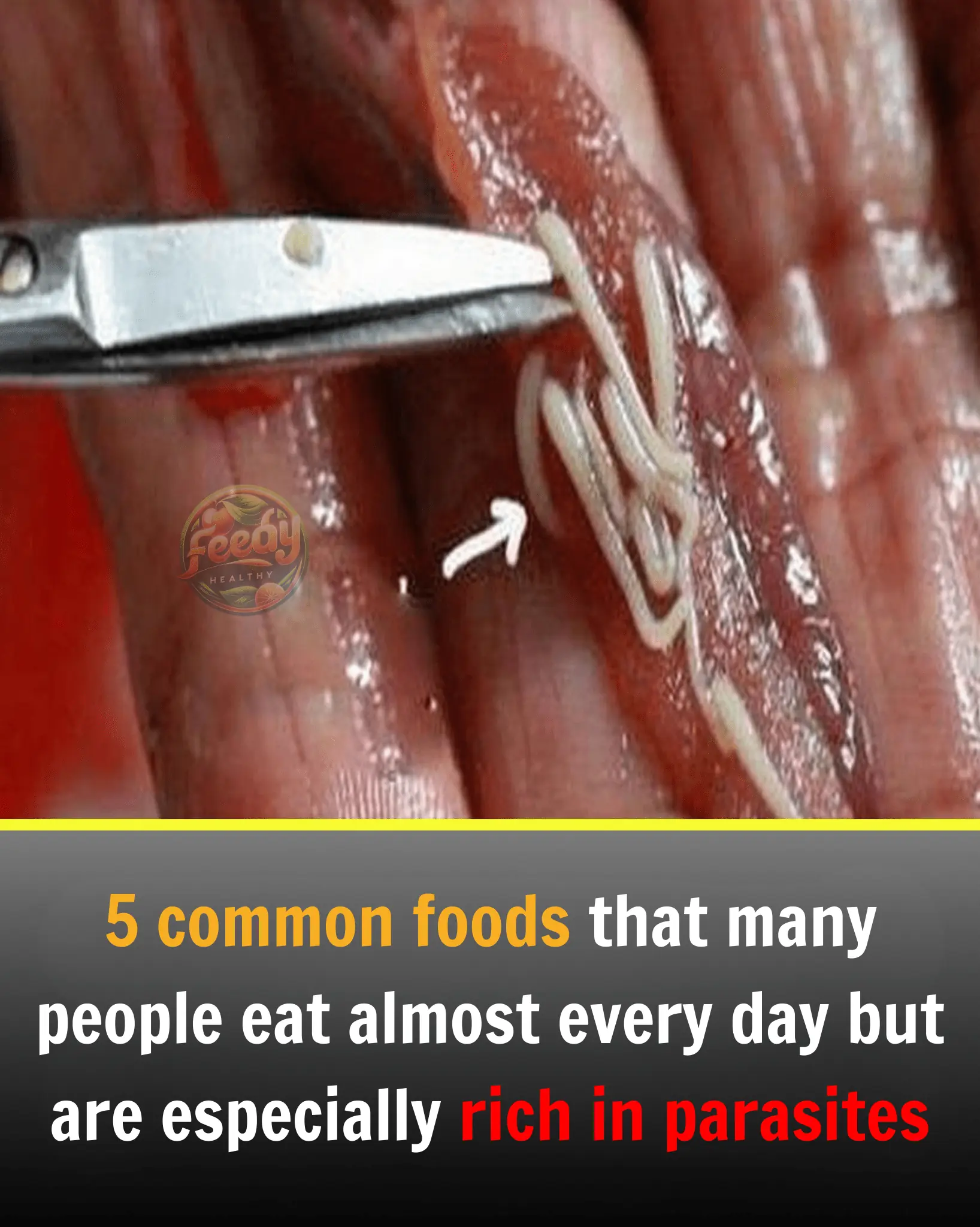
5 common foods that many people eat almost every day but are especially rich in parasites
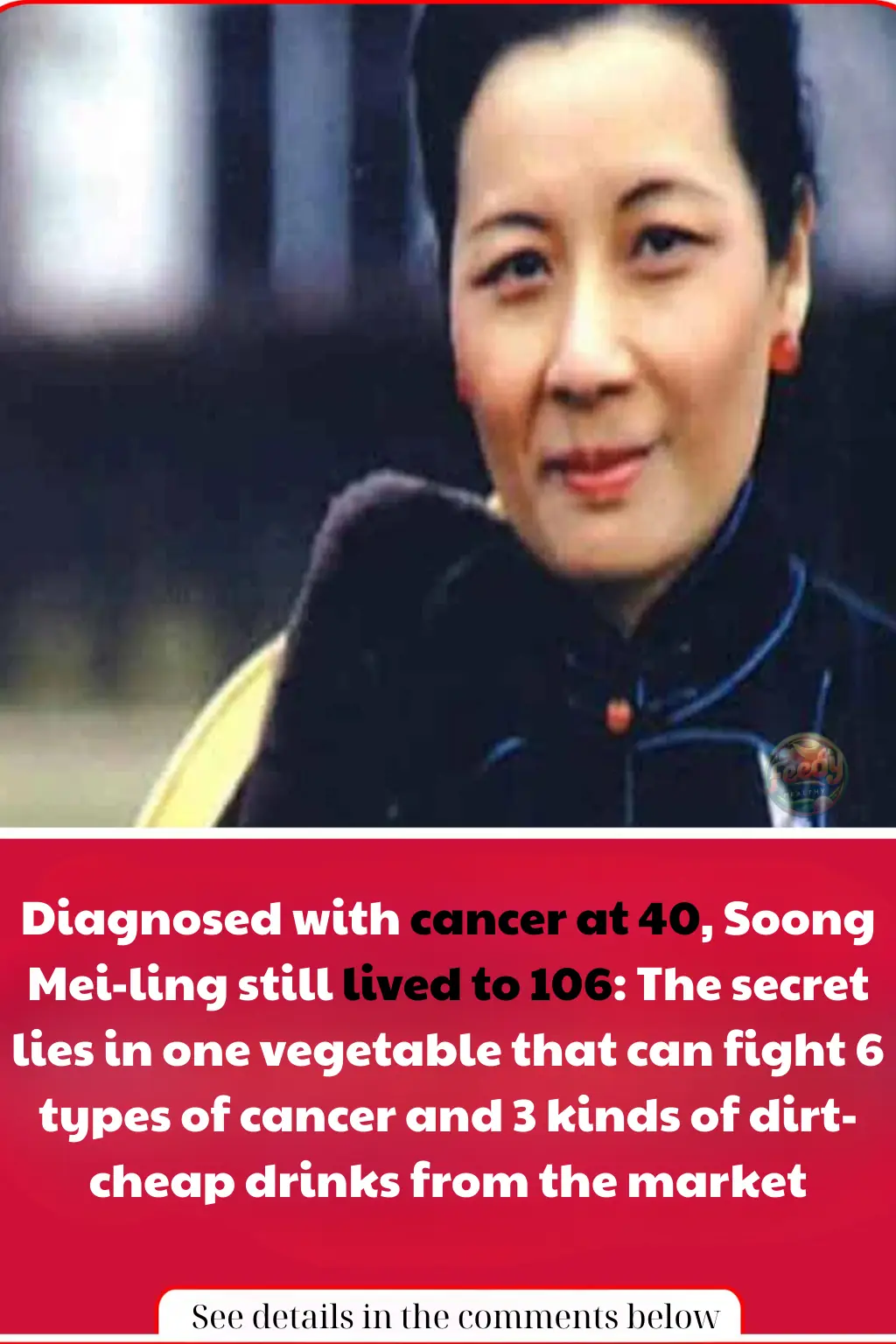
Diagnosed with cancer at 40, Soong Mei-ling still lived to 106
News Post

Just 2 tablespoons… Eliminate all worms and parasites from your body.

Mini Chocolate Cake Recipe with Mirror Glaze🍫✨

🍫 Mini Chocolate Mousse Cakes Recipe

🍮 Tiramisu Domes Recipe

🍪 S’mores Chocolate Cookies Recipe

Your Feet Are Screaming for Attention: 6 Shocking Health Clues Hidden in Your Soles!
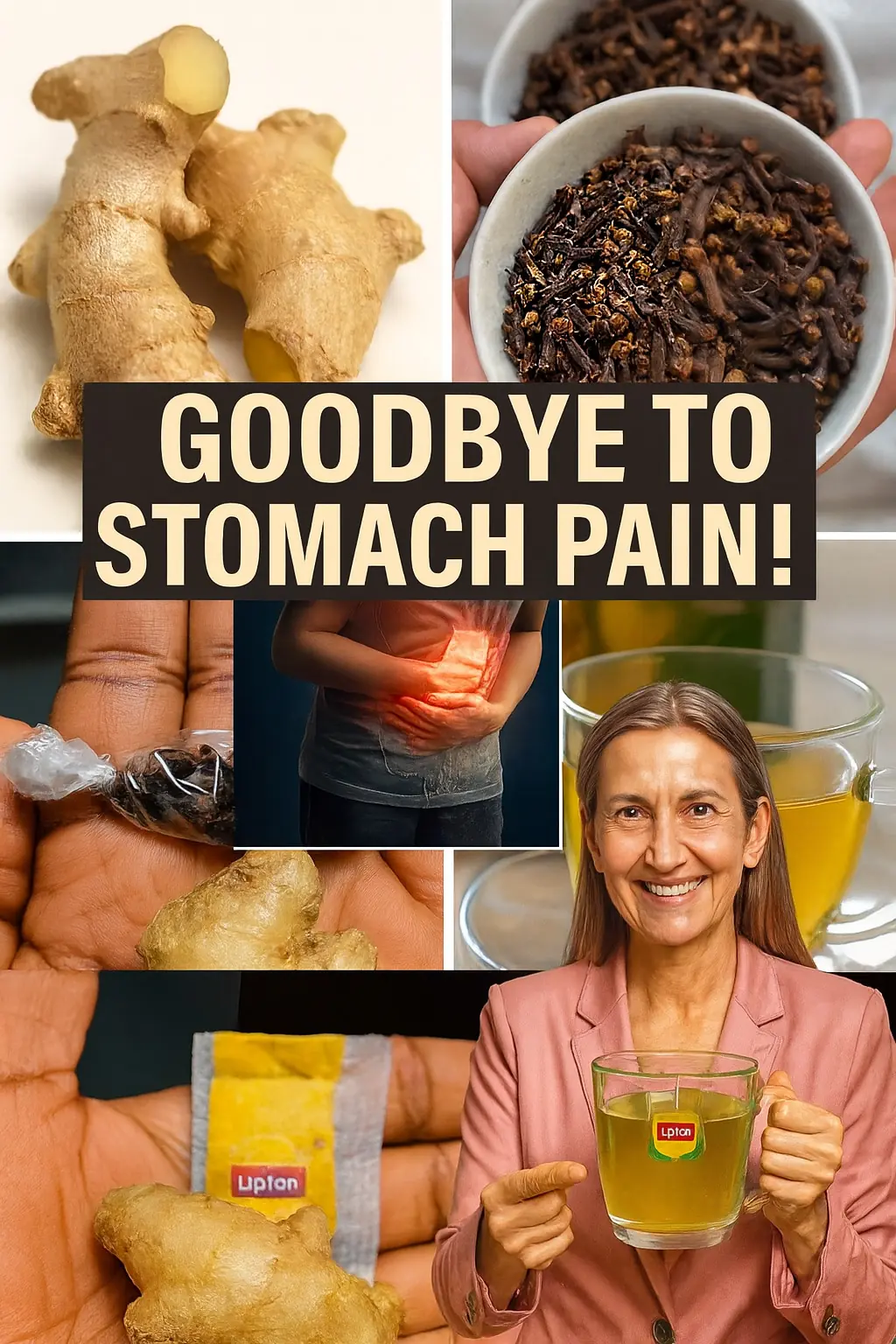
Ginger, Cloves, and Lipton Tea: The Ultimate Wellness Elixir
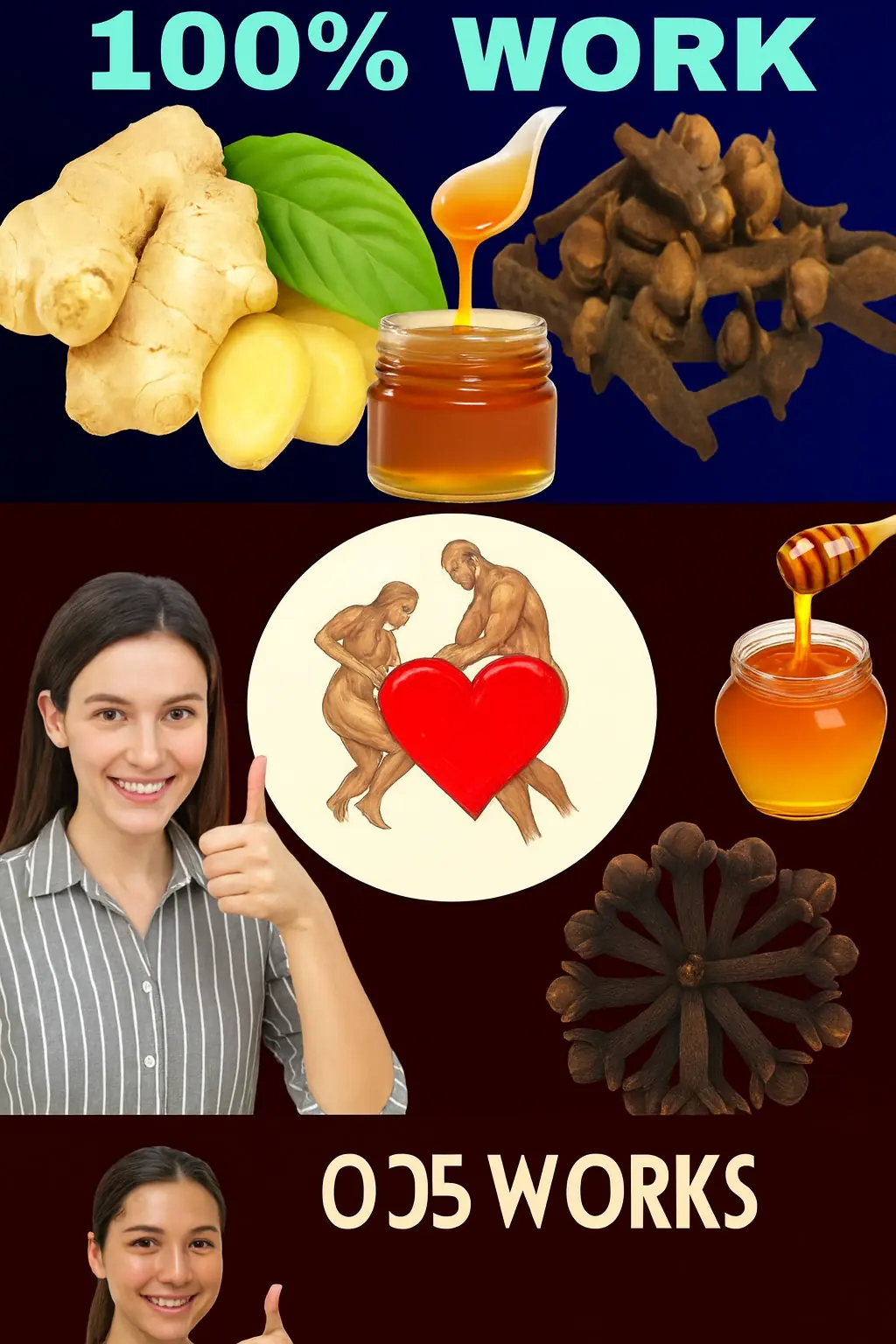
Unlock the Power of Ginger, Cloves, and Honey: 18 Life-Changing Benefits You’ll Wish You Knew Sooner
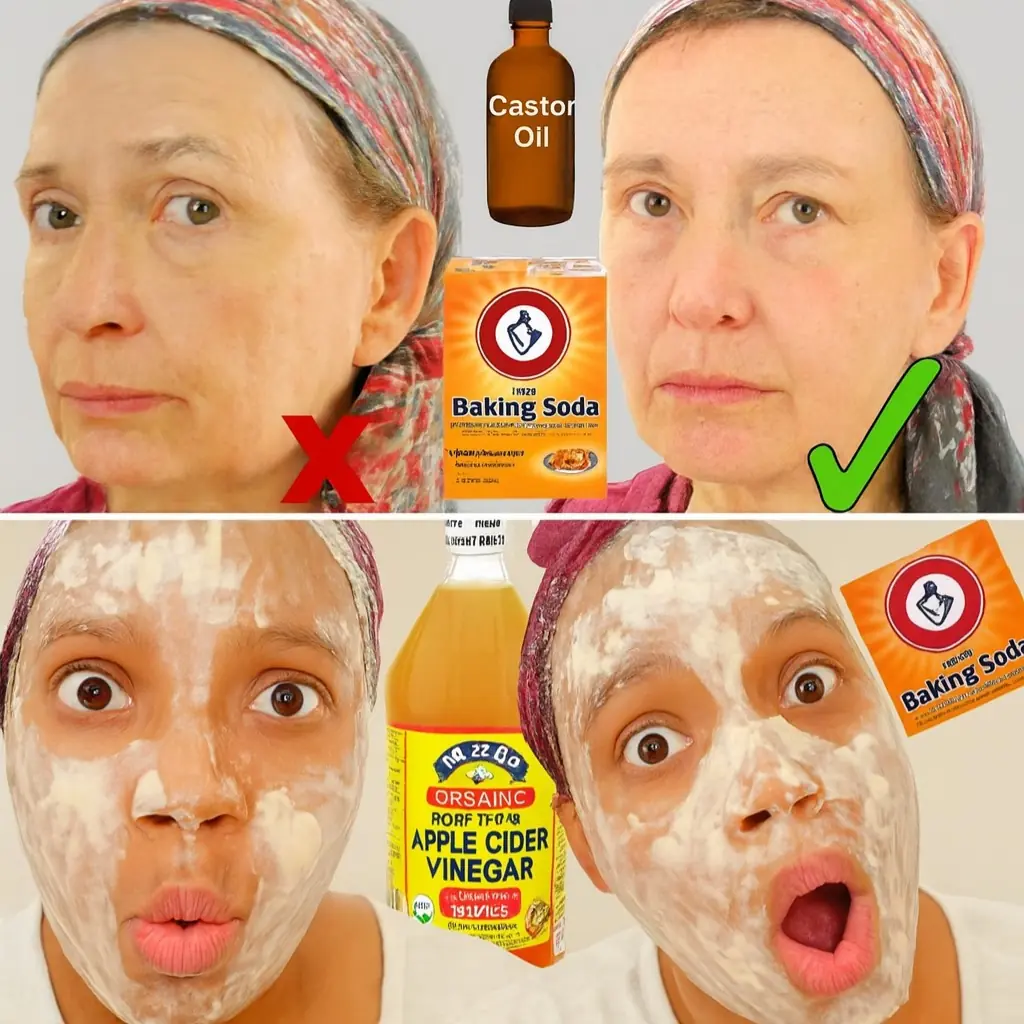
Nana’s Secret to Radiant Skin: 3 Brilliant Baking Soda Skincare Methods
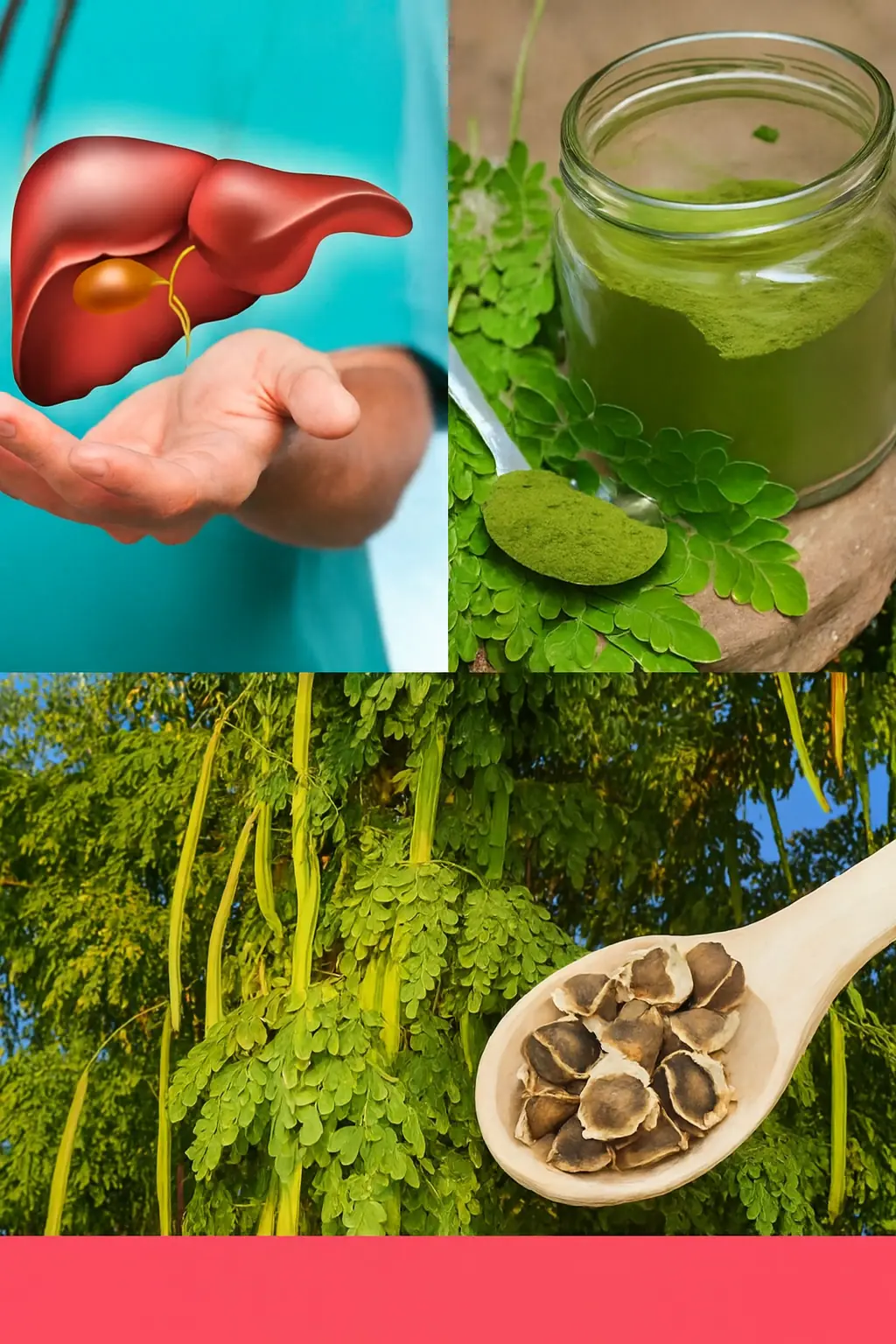
Discover the Magic of Moringa: Transform Your Health with the Miracle Tree
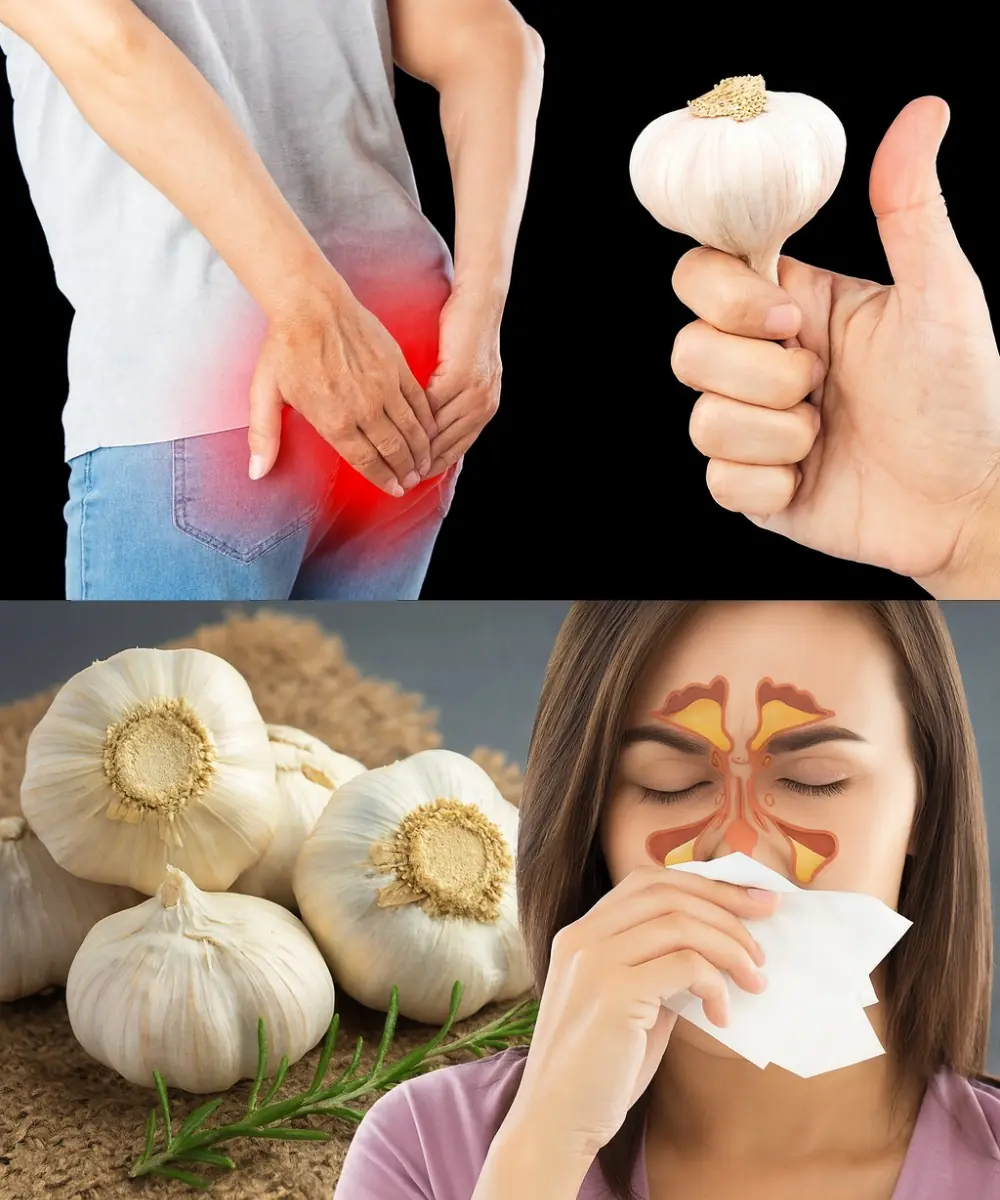
Garlic Power: Nature’s Secret Weapon for Immunity & UTI Defense
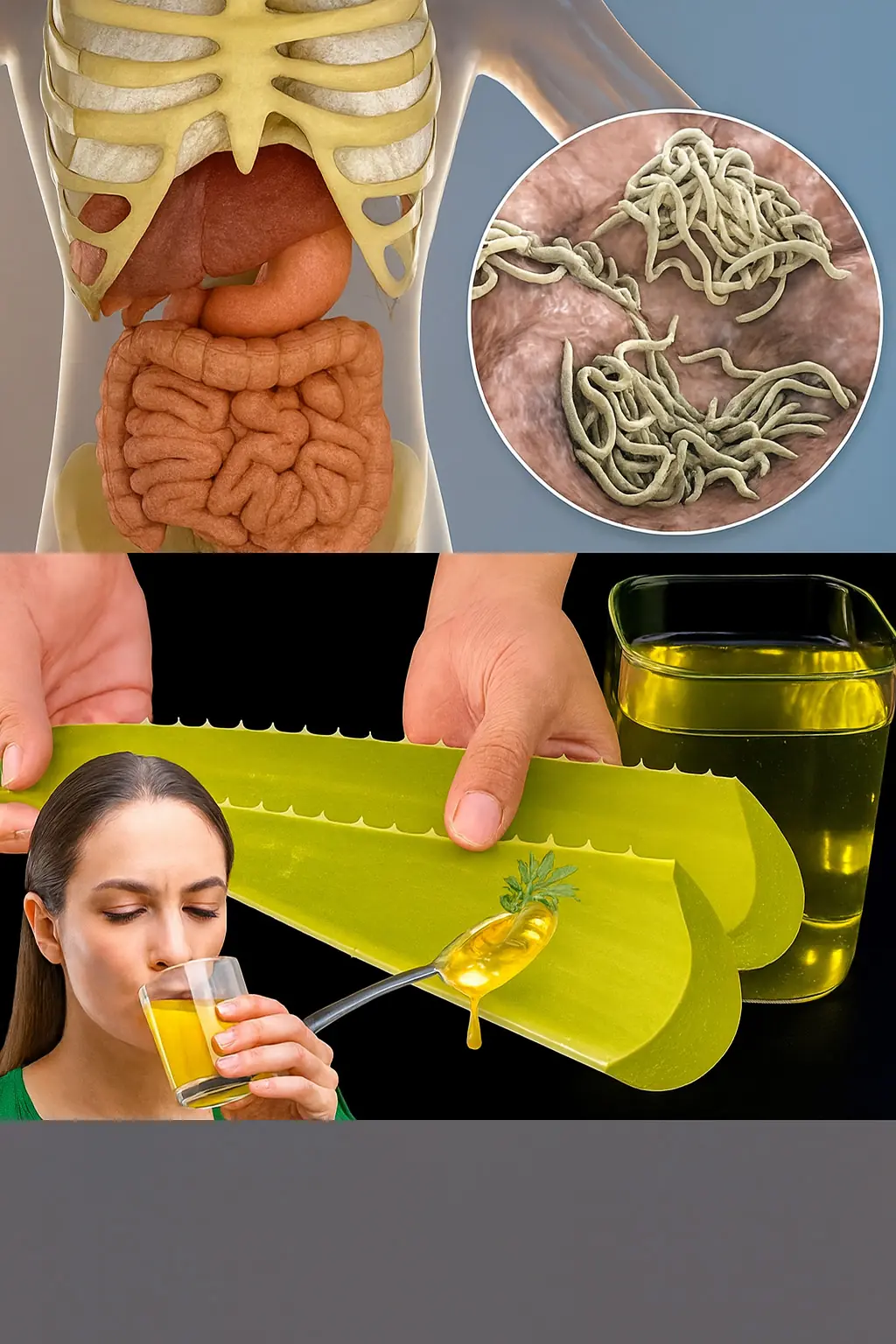
Unleash the Healing Power of Aloe Vera: Your Ultimate Natural Tonic

The Firefighter Who Defied Orders to Save a Baby Moose
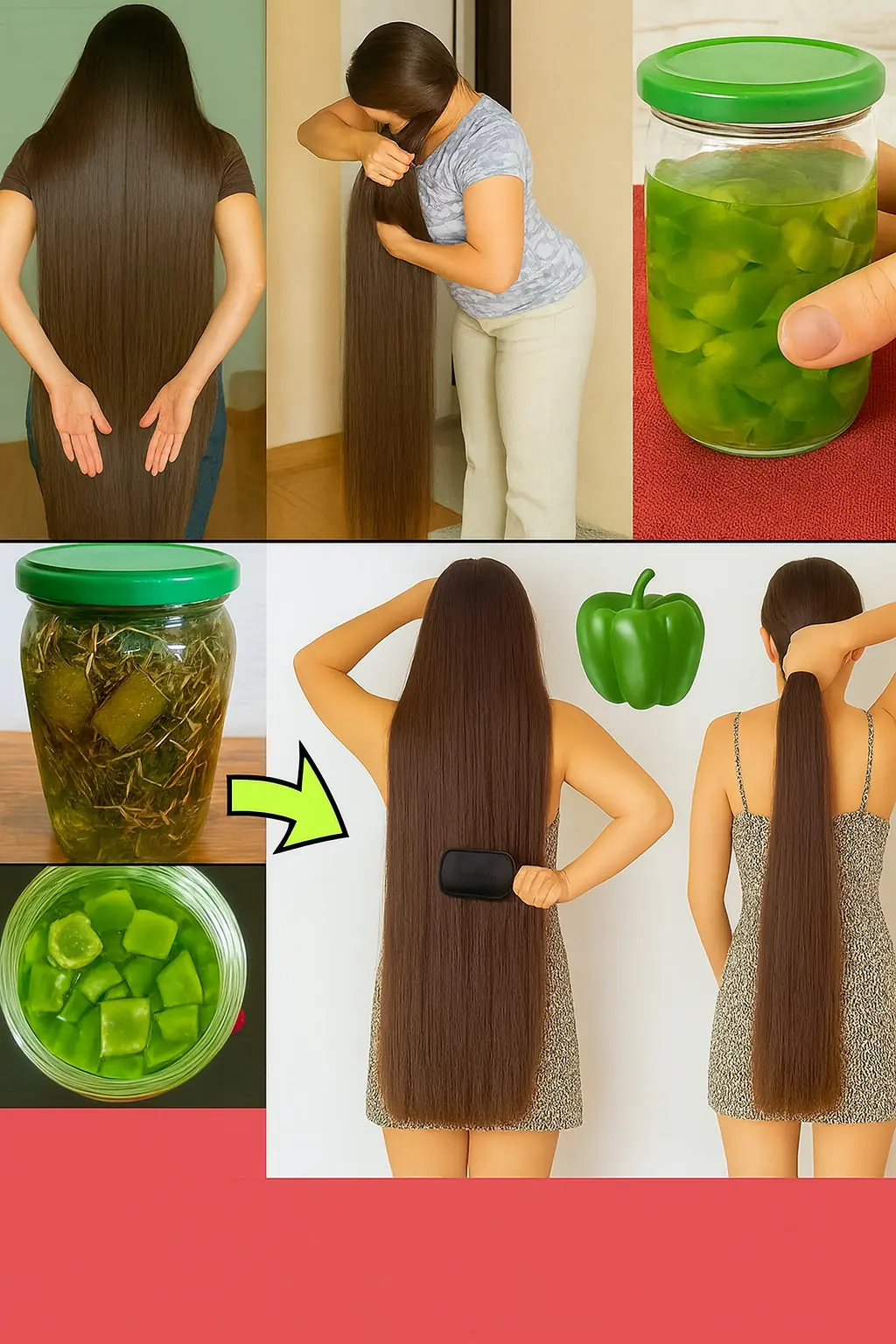
Unlock Luscious Locks: The Green Bell Pepper Hair Growth Secret You Can’t Ignore!
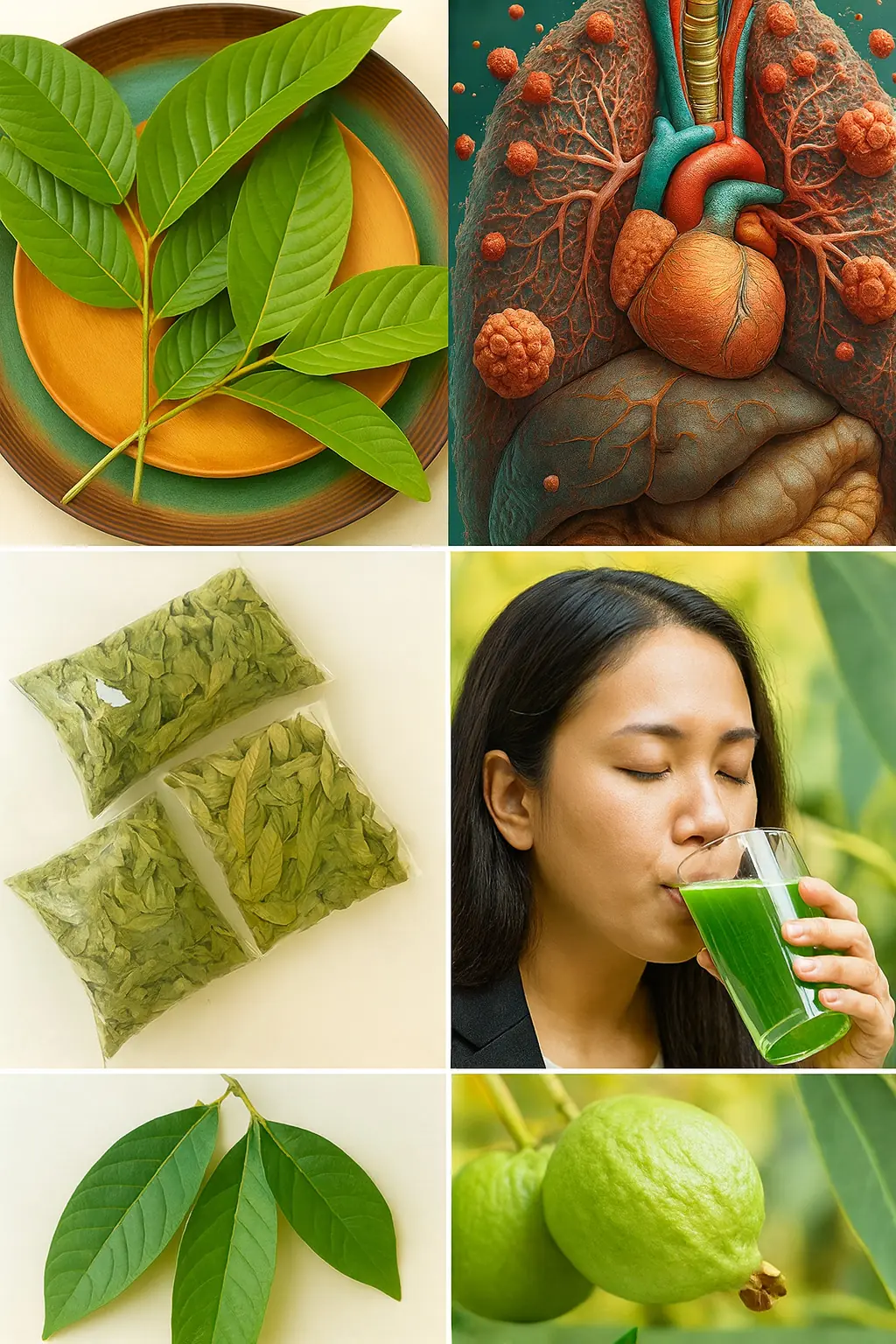
Unlock the Hidden Power of Guava Leaves: Surprising Benefits You’ll Wish You Knew Sooner
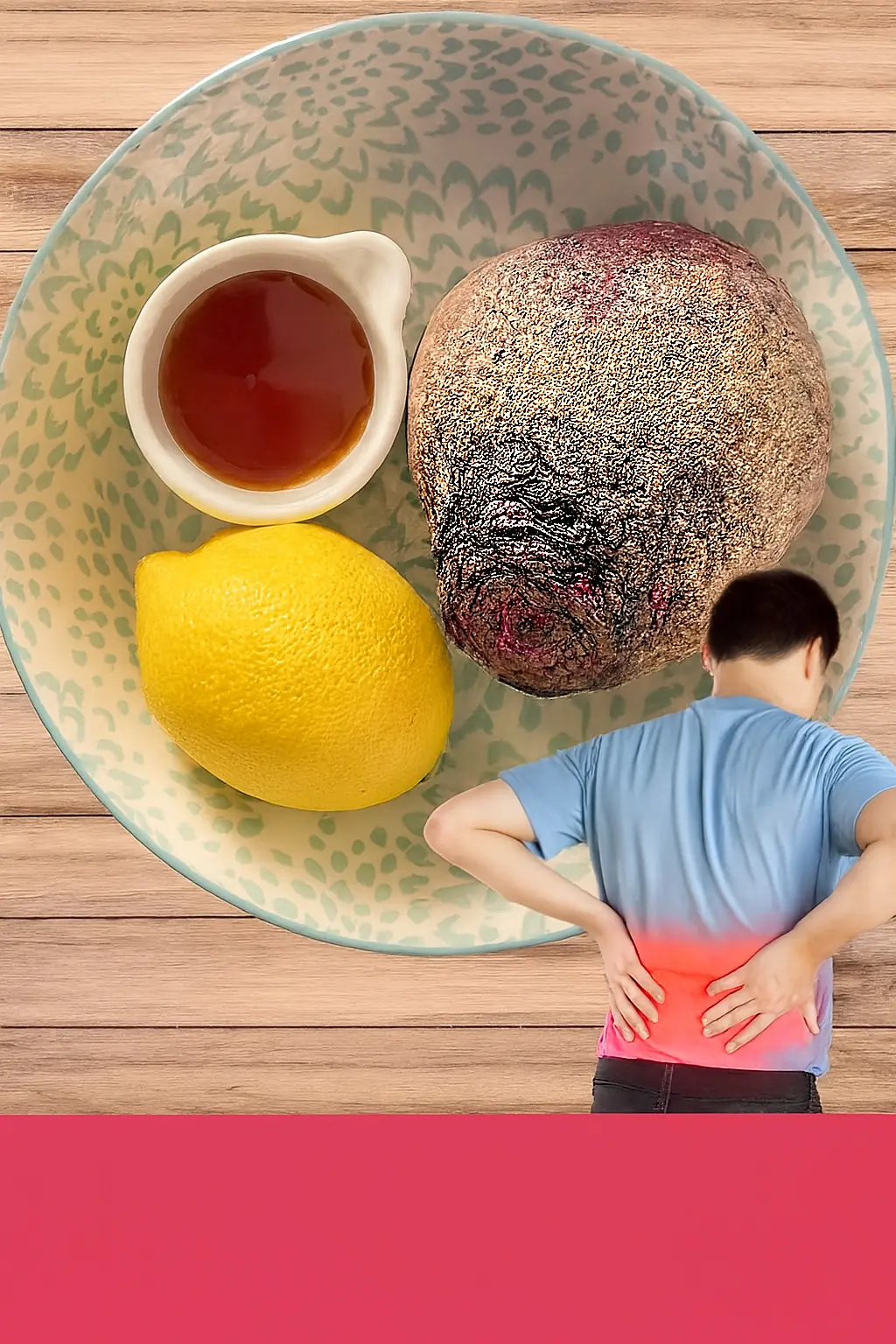
Unlock the Secret to Vibrant Kidney Health with Just Two Ingredients
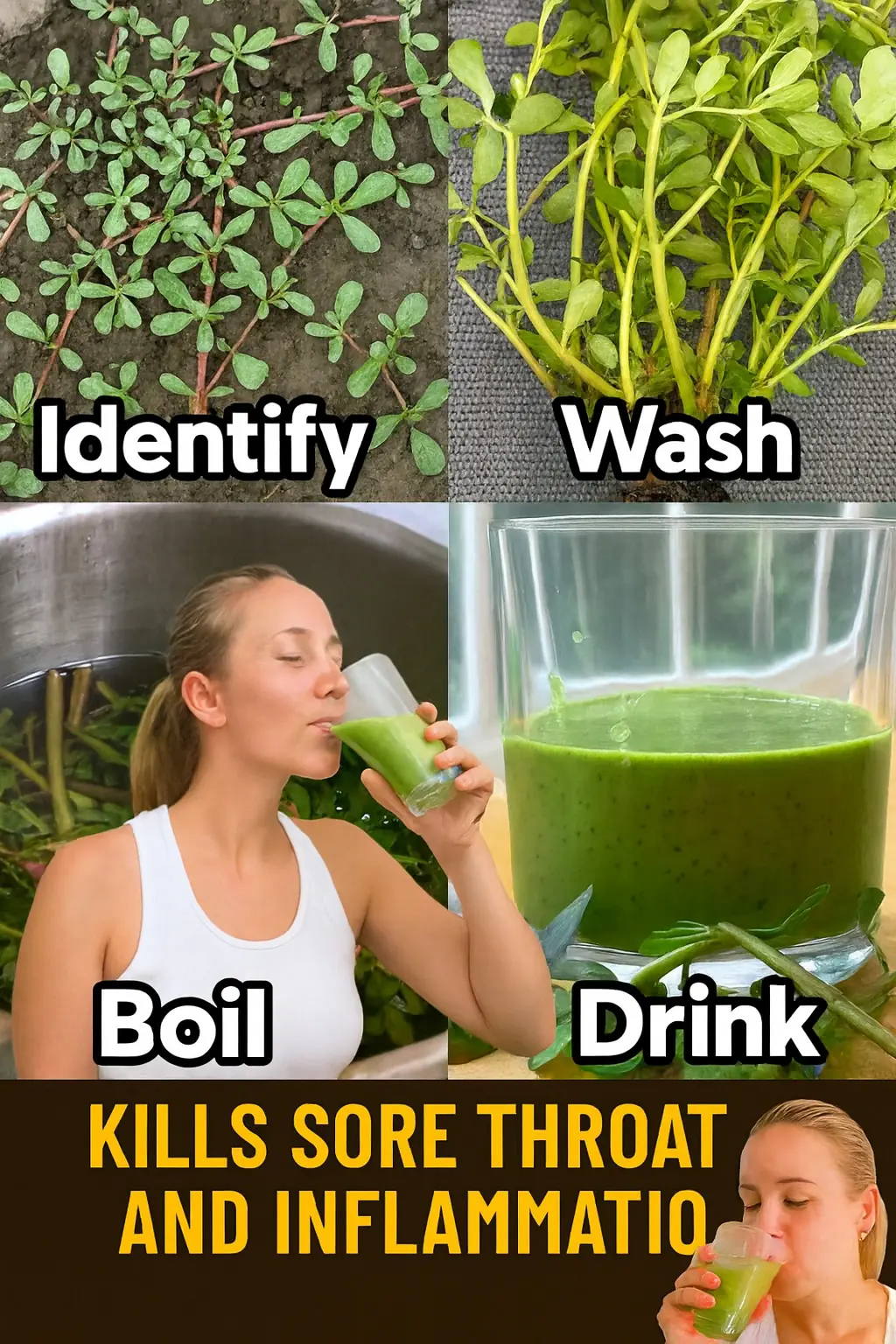
Purslane: The Overlooked Superfood That Could Transform Your Health
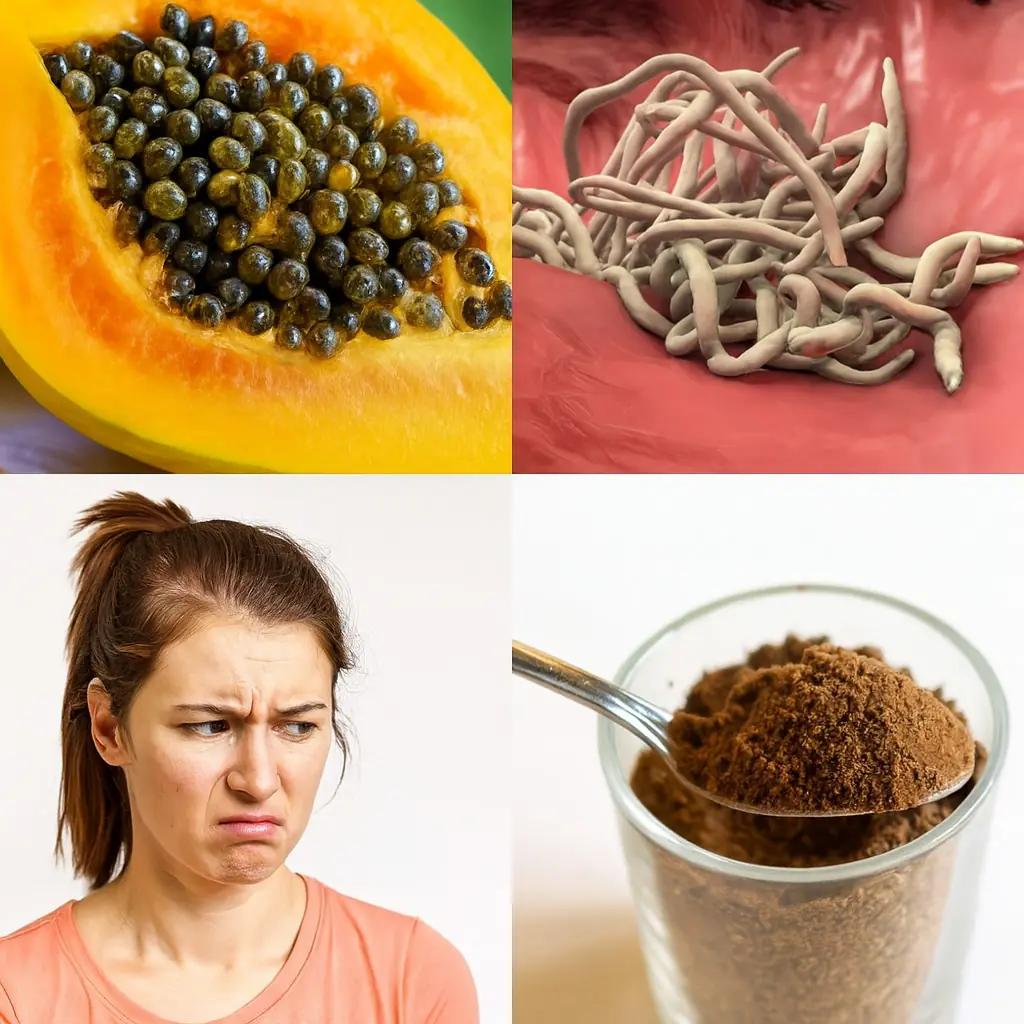
Discover the Secret Superfood: Unleash the Astonishing Power of Papaya Seeds for Vibrant Health
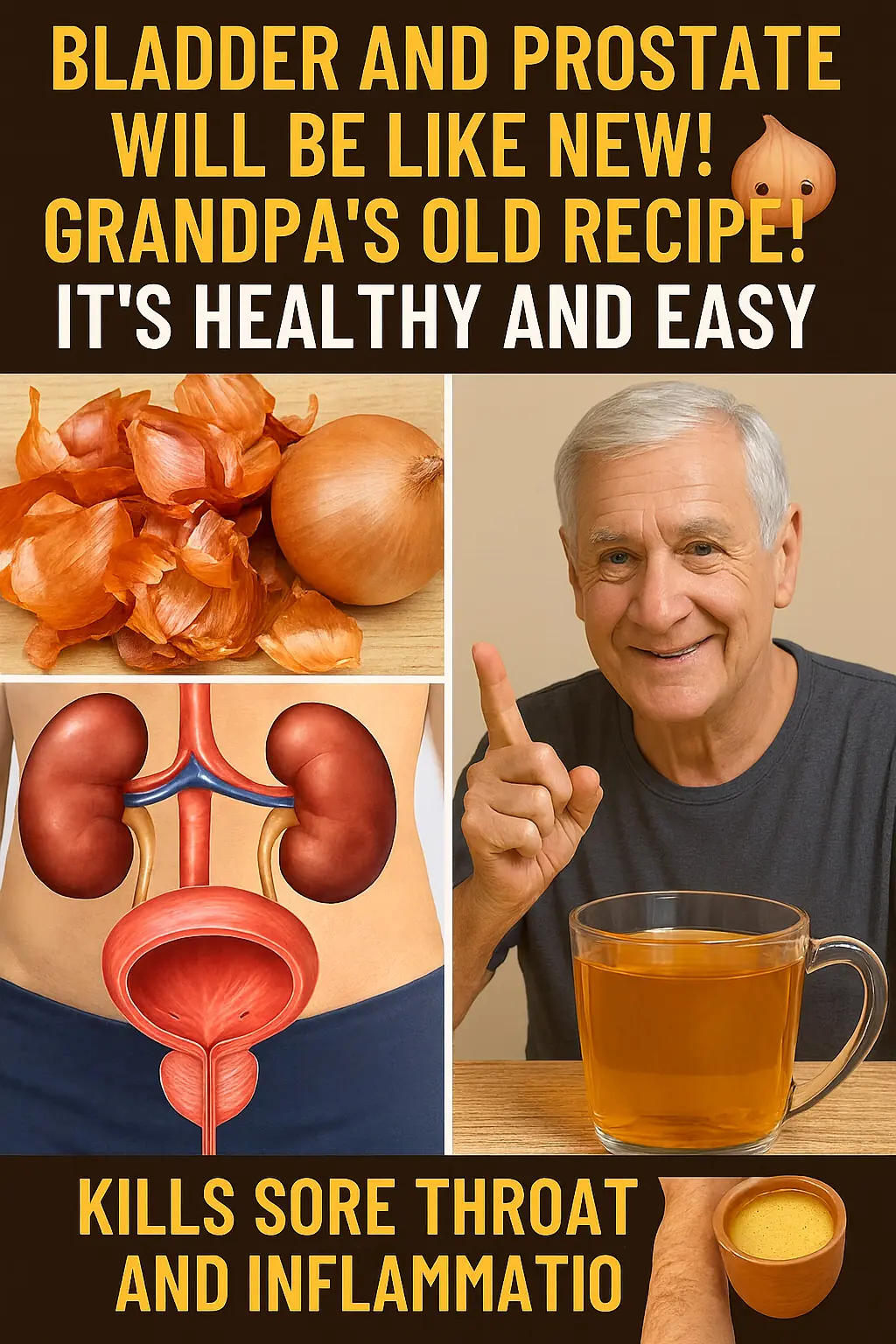
Bladder and Prostate Like New! Grandpa’s Old Onion Peel Remedy
